Pocket Watch Pinhole Camera
by Brooklyntonia in Circuits > Cameras
35380 Views, 582 Favorites, 0 Comments
Pocket Watch Pinhole Camera
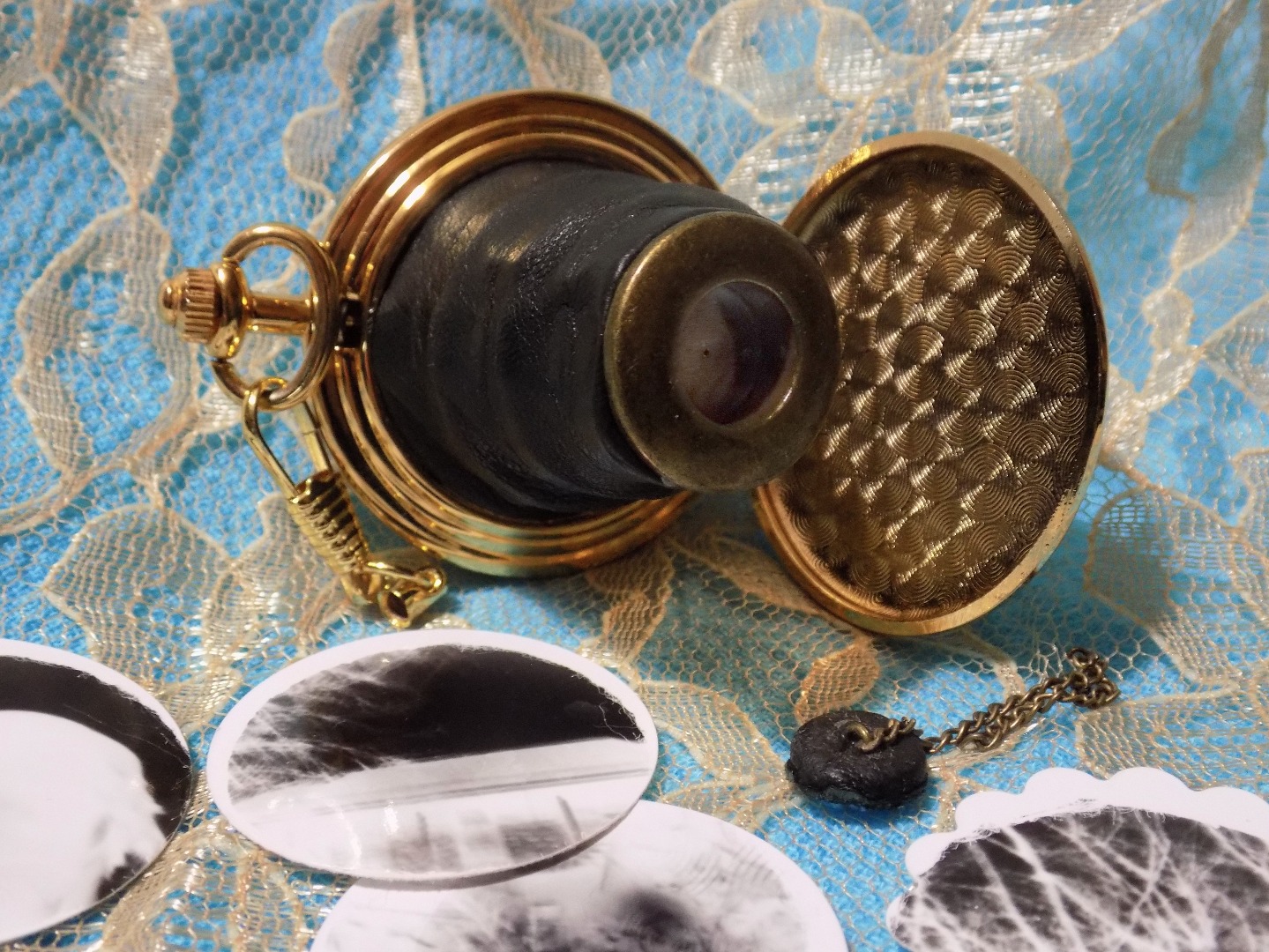
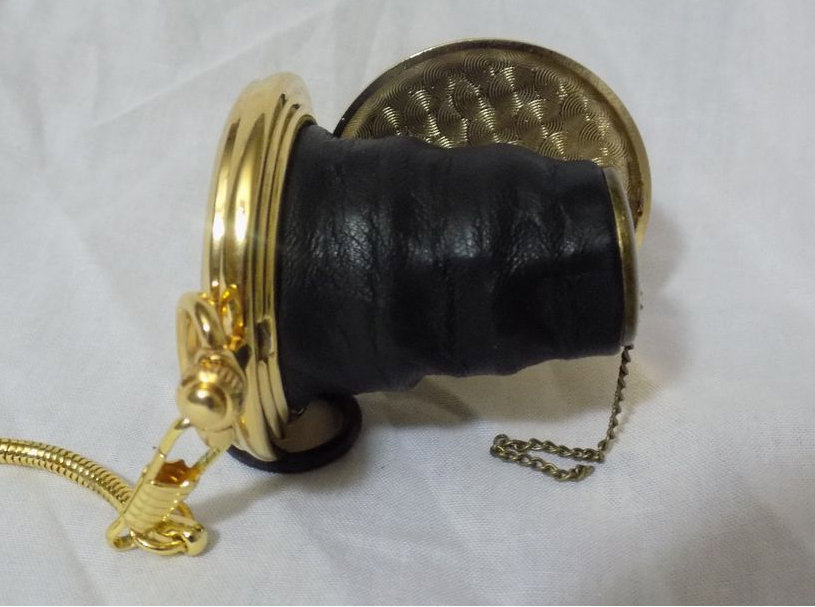
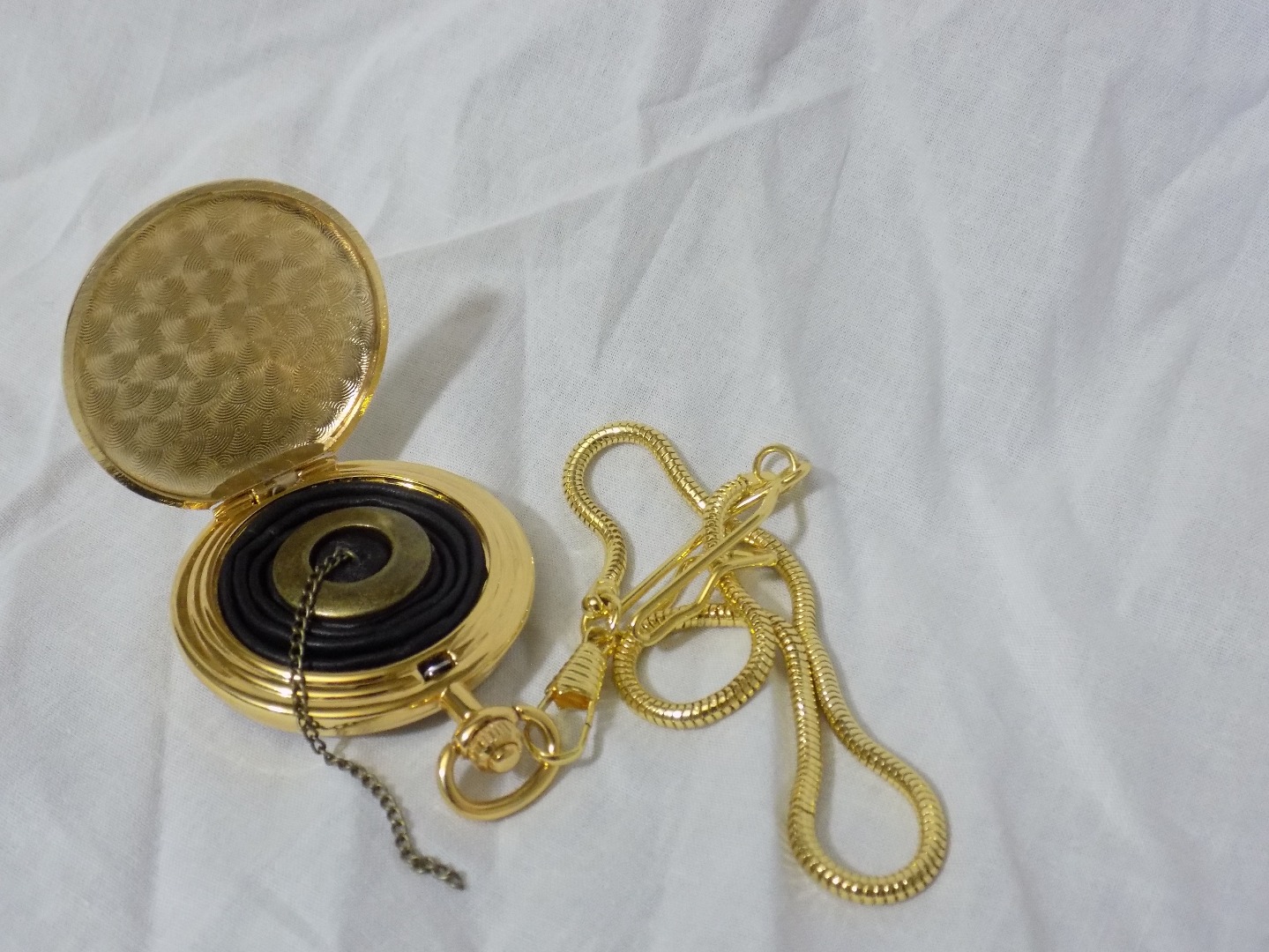
I'm not exactly sure what stream of thoughts lead to this idea. I had been looking for an interesting way to use optics or lenses on a ring or necklace. Days of searching early thoughts lead me to other ideas and still other ideas. I tested various lenses I had lying around trying to make something cool happen until I gave up and decided to create something that works with natural optics. A pinhole camera requires only an aperture (pinhole) and light. I found an old cheap pocket watch I had lying around and set to work trying to make everything fit within.
Materials for Camera
pocket watch
toilet paper roll
cardstock
thin leather
quick dry tacky glue
black acrylic paint
paintbrush
tape
sheet of paper
aluminum (a soda can will do)
straight pin
small piece of small link chain
small piece of firm foam
small flat head screwdriver (or other tool to open the back of the pocket watch)
E-6000 glue
black yarn
scissors
fine tip marker
circle punch (slightly smaller than the inside of your watch)
dremel with cutting bit (This tool is optional if you can find another option for step 7. So, if you don't have a dremel, you'll just need to be creative.)
Materials for Producing Images
photographic paper (black and white RC) Do not open the package outside of a darkroom!
developer (I used dektol) If you purchase this in powder form, you also need a gallon jug of water.
fixative - If you purchase this in powder form, you also need a gallon jug of water.
stop bath (You can buy a stop bath chemical or use water. I've always used water.)
3 developing trays or similar containers (I used shoebox sized storage containers.)
tongs
safelight (highly recommended but not completely necessary) I developed my first few images without one, but it's much more fun when you can see in the darkroom.
room with no light (preferably with no window at all, an exhaust fan, and running water) Bathrooms make great darkrooms.
What Is a Pinhole Camera?
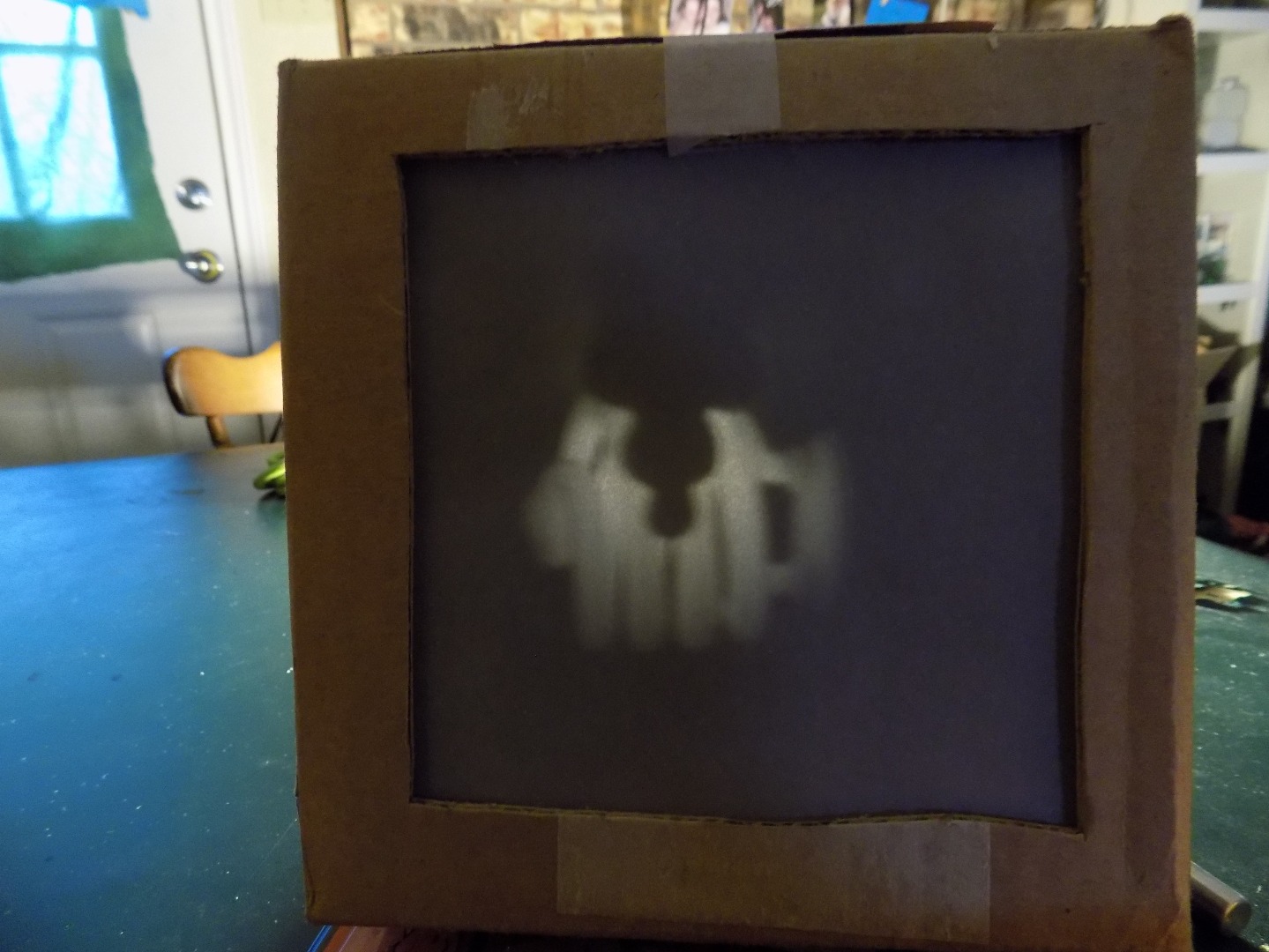
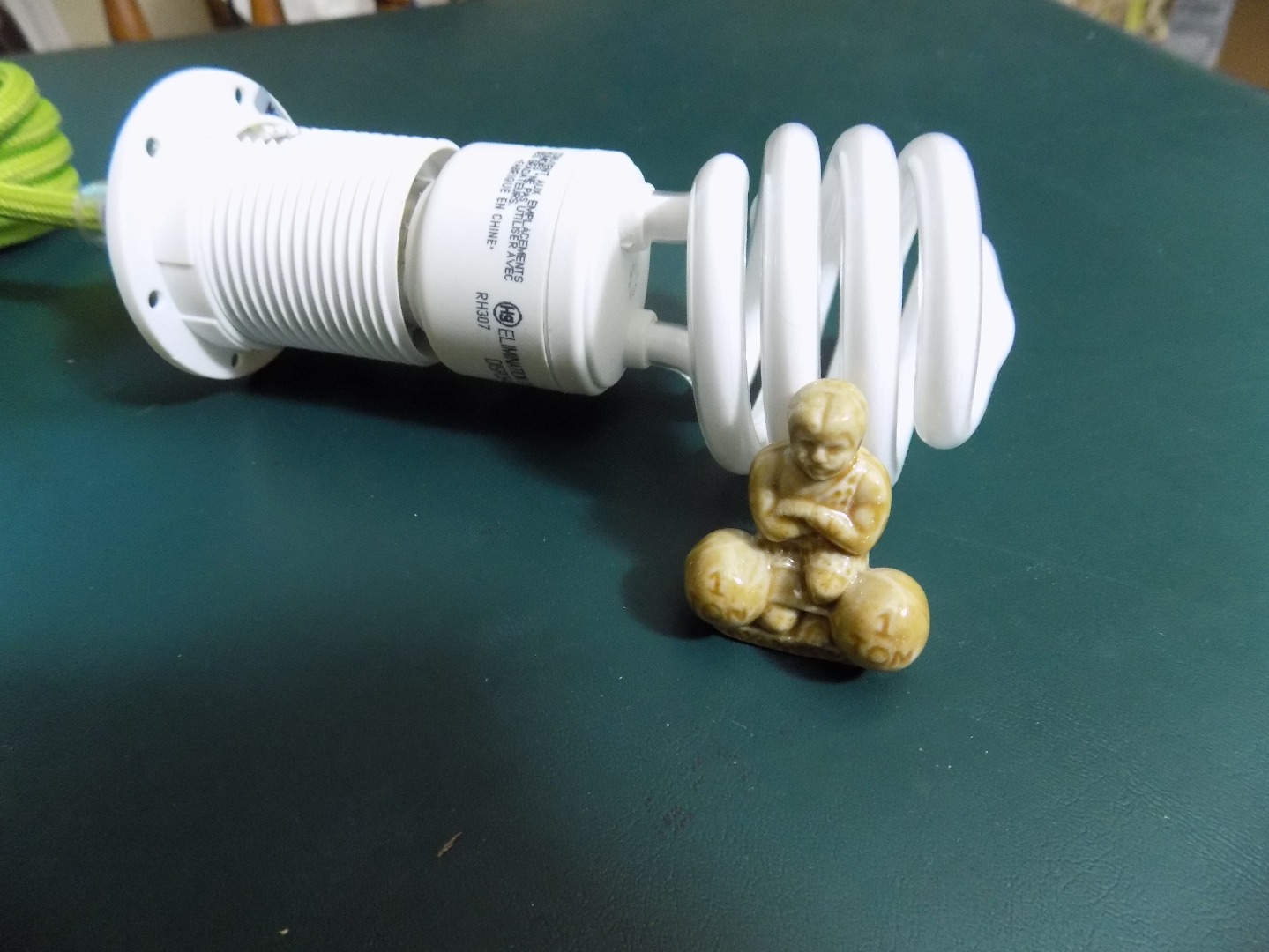
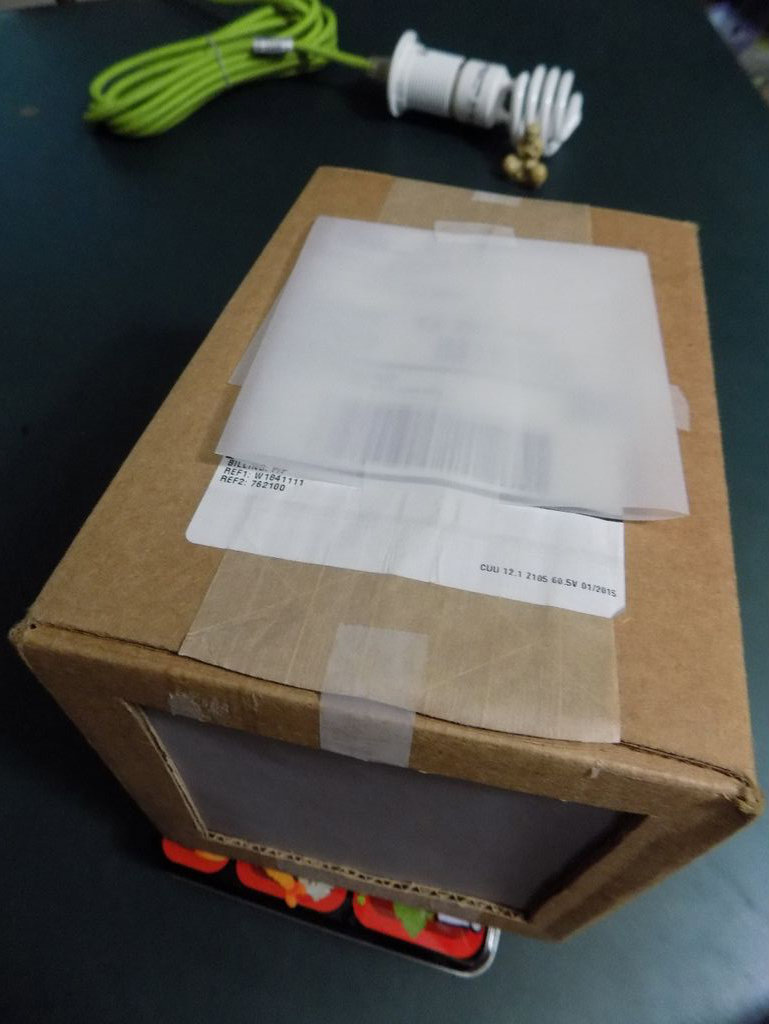
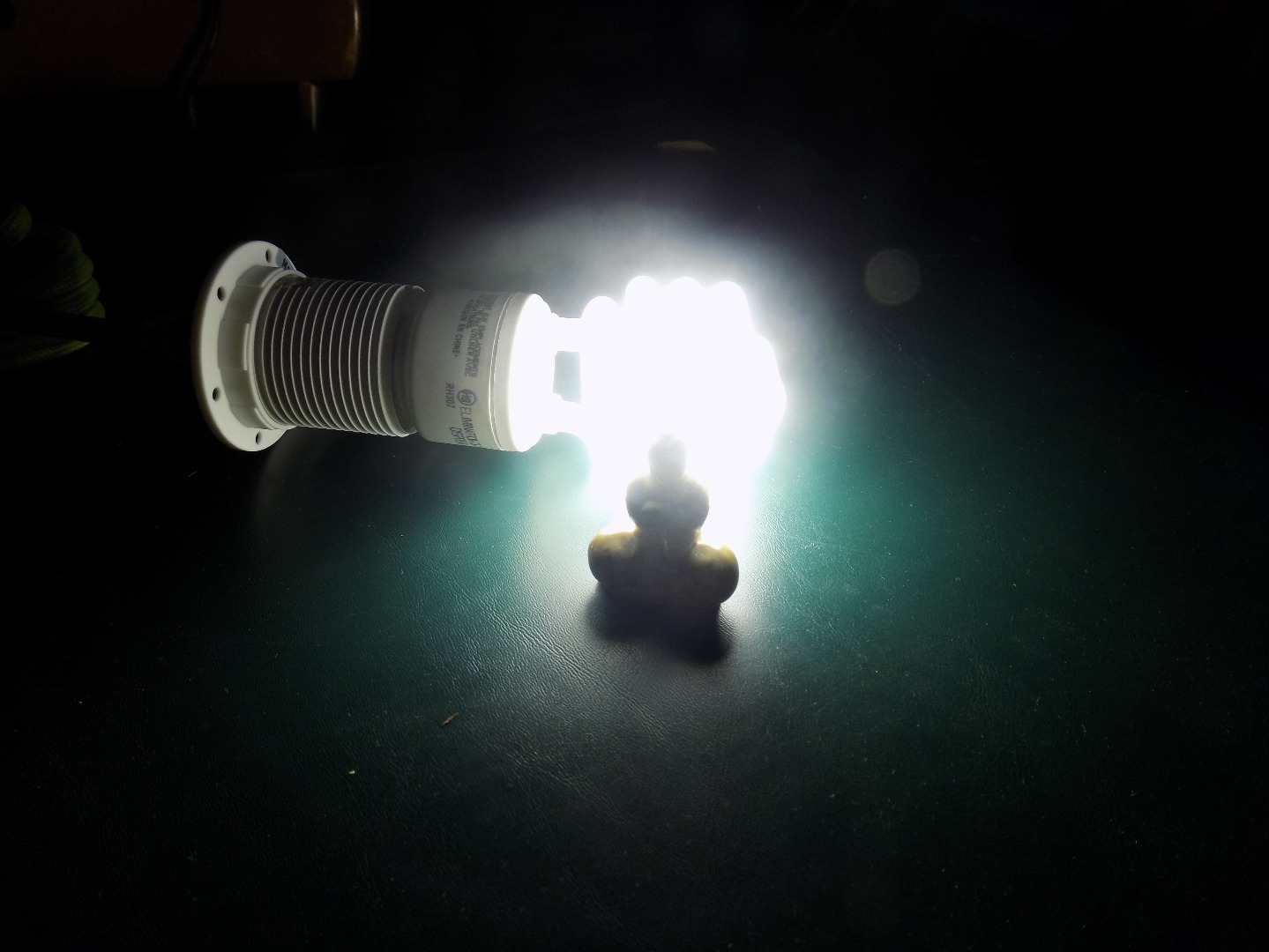
Pinhole cameras derive from the ancient observations and scientific explorations of scientists, philosophers, and artists. The observation of light passing through a small hole into a dark space and producing an upside down projected image was dubbed camera obscura. I made a basic camera obscura box to illustrate this phenomena.
Famous minds like Aristotle and Leonardo DaVinci took notice of this natural occurrence, and Johannes Vermeer is famously rumored to have used a camera obscura to aid him in producing paintings like Girl with a Pearl Earring.
Abelardo Morell is a modern artist using the camera obscura in really exciting and beautiful ways. This National Geographic article gives more insight into his work and the camera obscura in general. You will not regret taking a look at his wonderful work.
So, a pinhole camera is really just a camera obscura that has matured to the invention of photography. By adding film or photographic paper, you can capture the light coming into the box from the pinhole and the resulting image.
Dissassemble
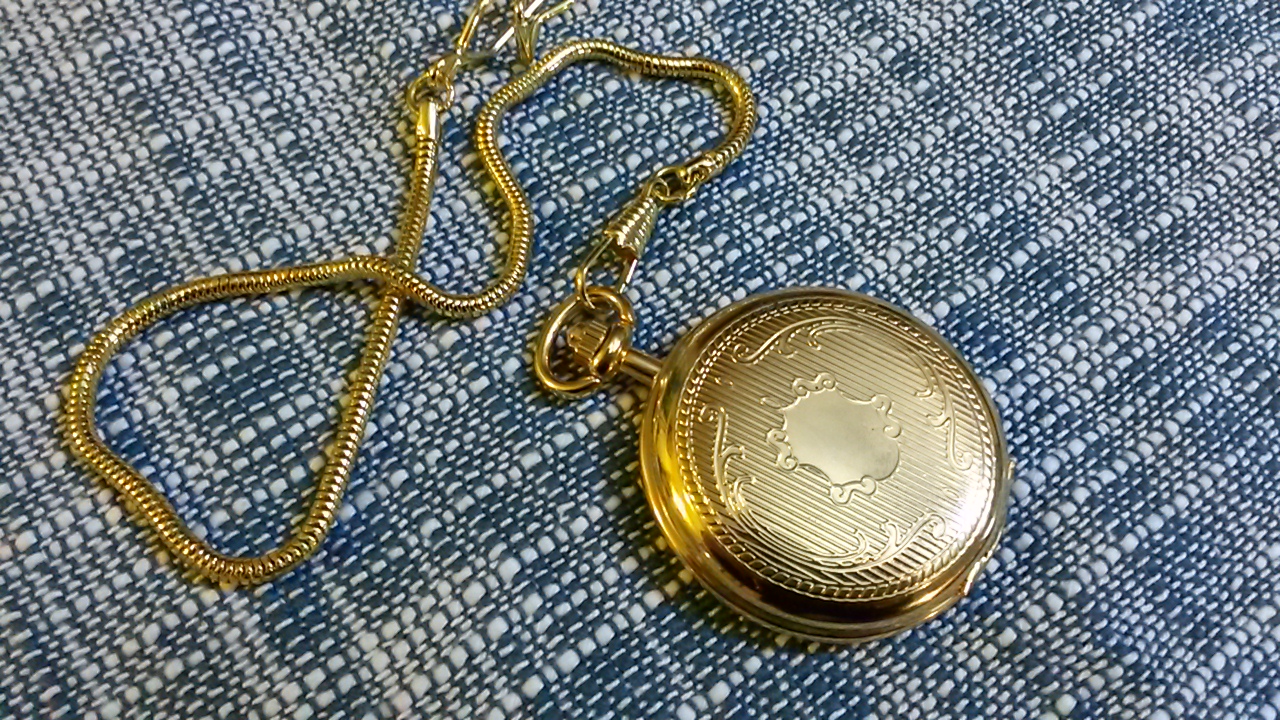
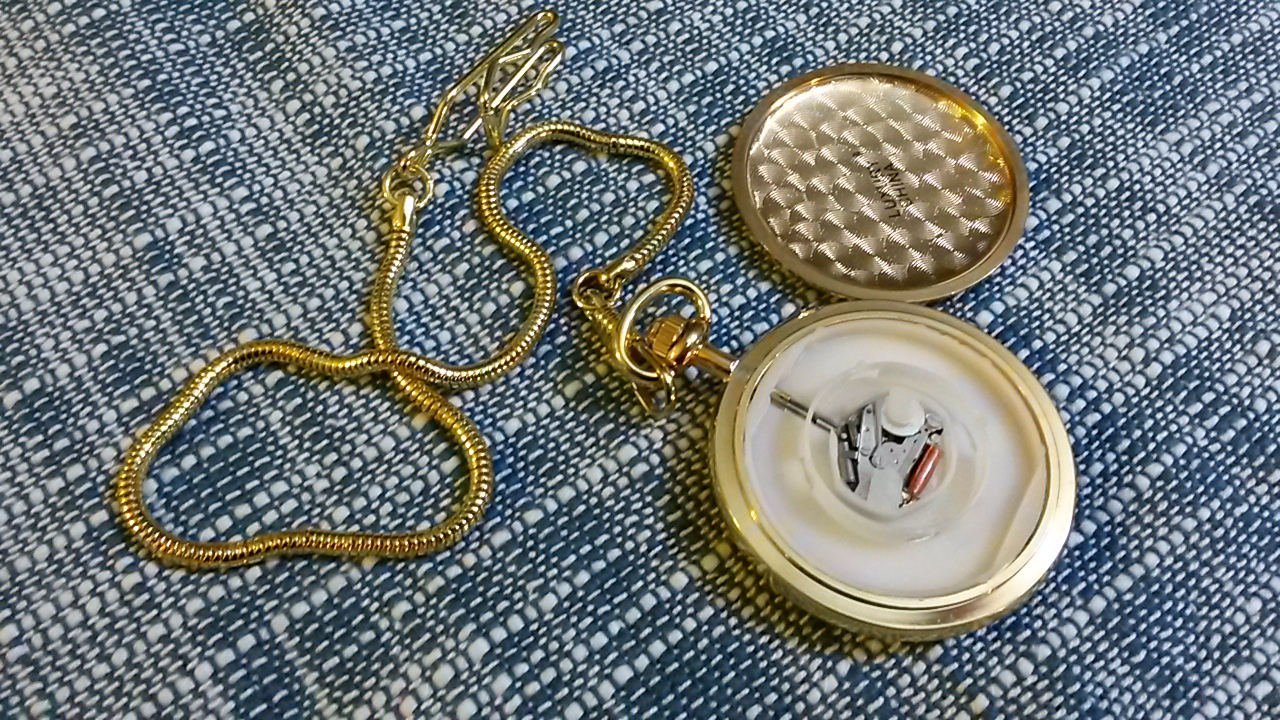
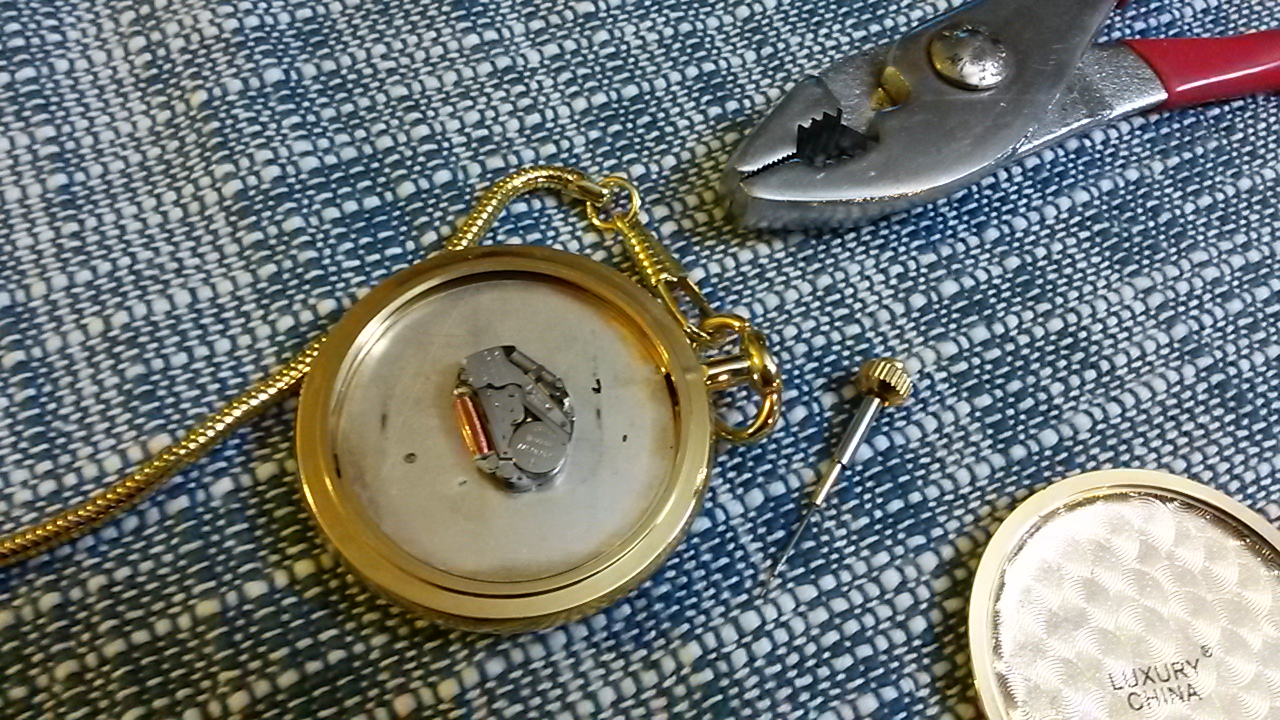
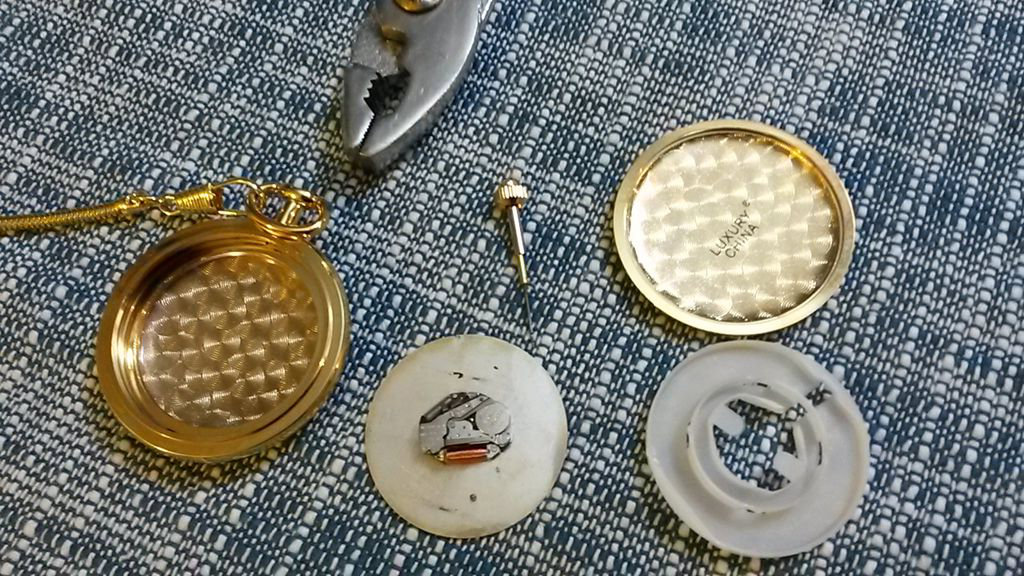
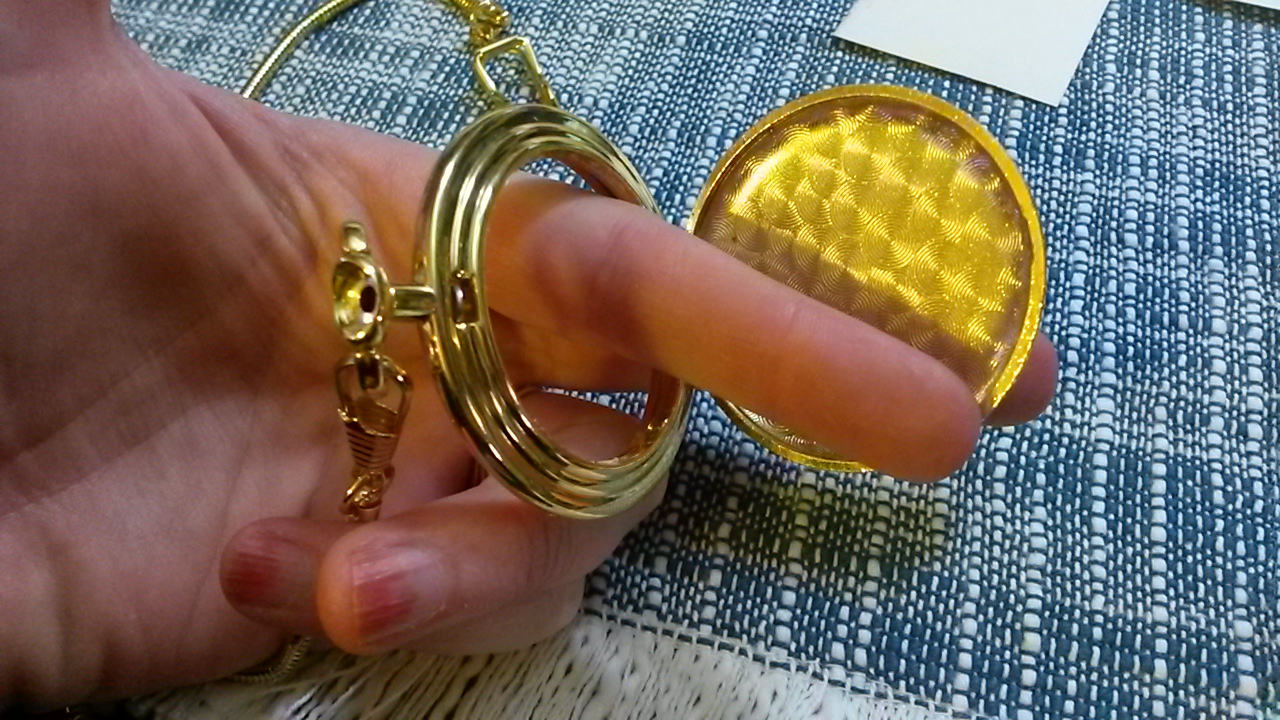
Use a small screwdriver to pop the back off the watch and pull on the crown until it pops out of the rest of the clockwork.
Pull out all the inner workings and remove the glass. I had to use a hammer and flat head screwdriver to push the glass out.
Bellows Rings
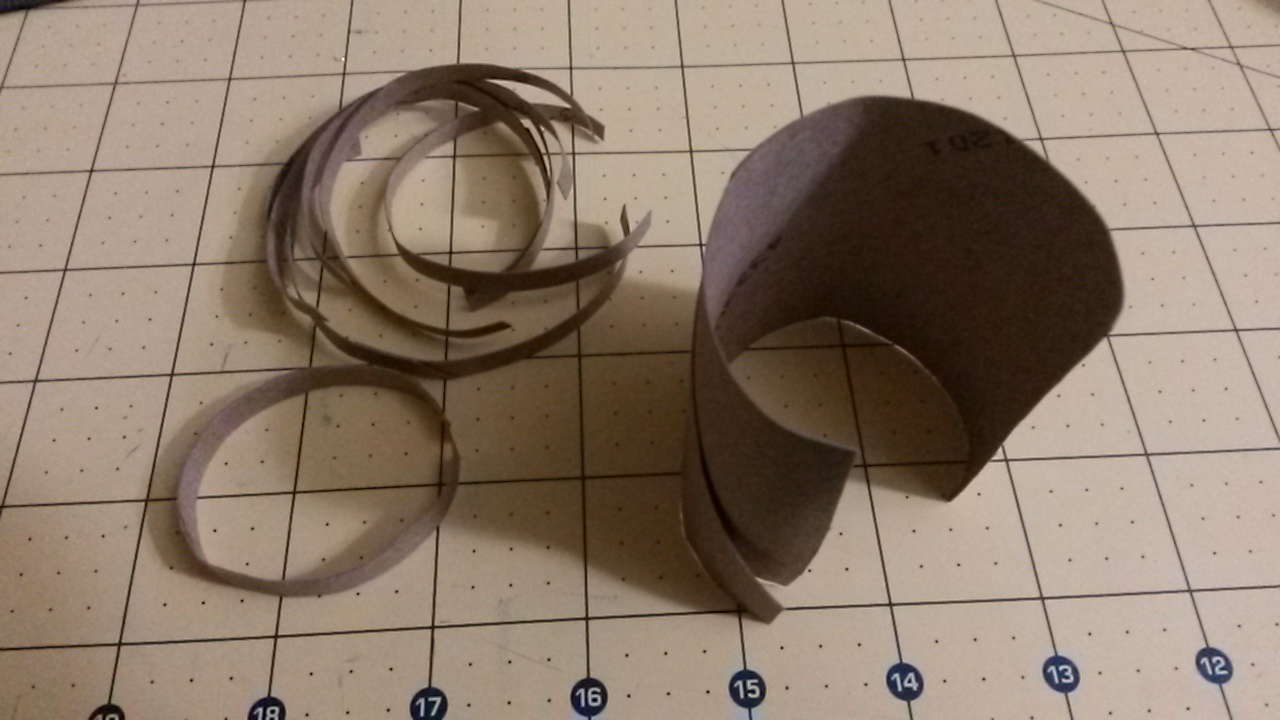
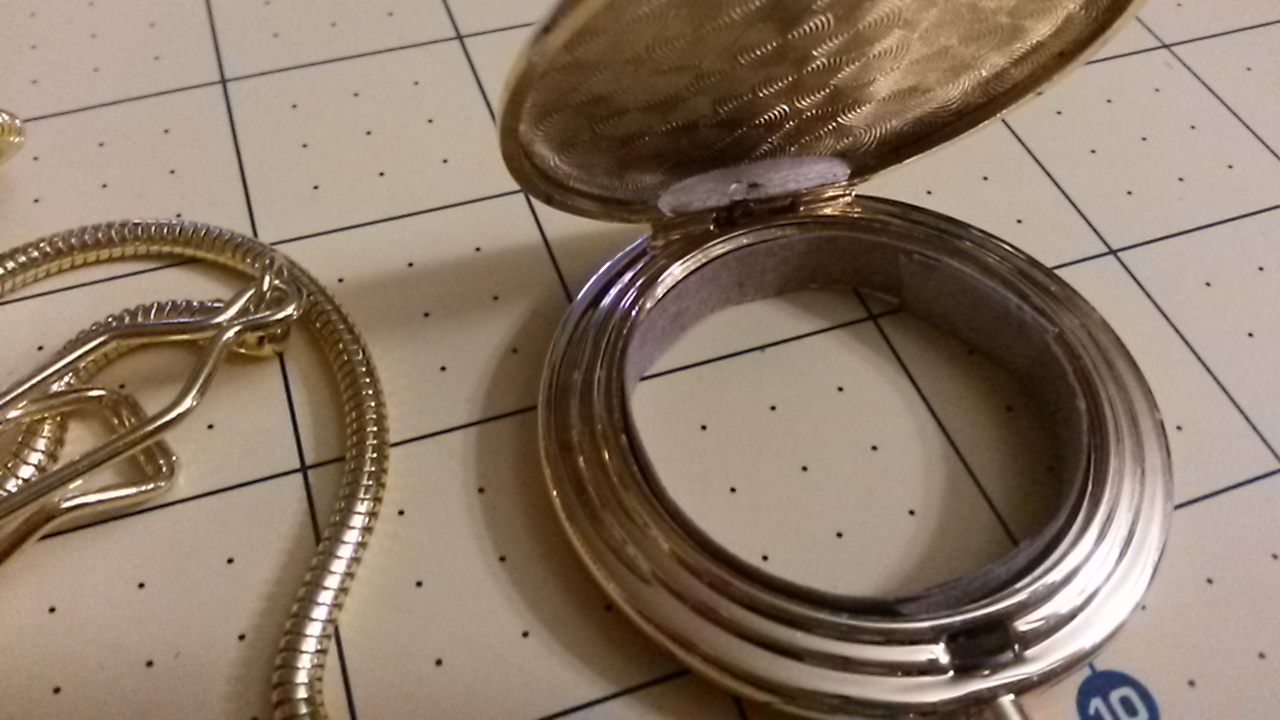
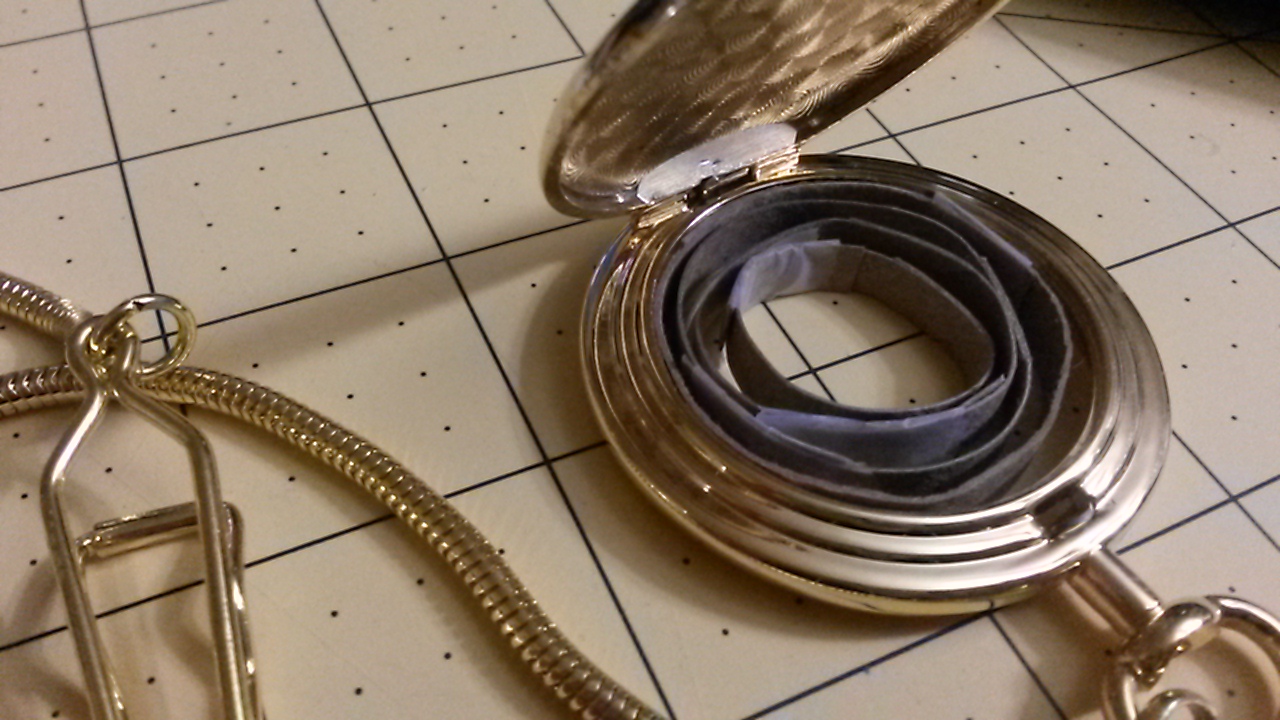
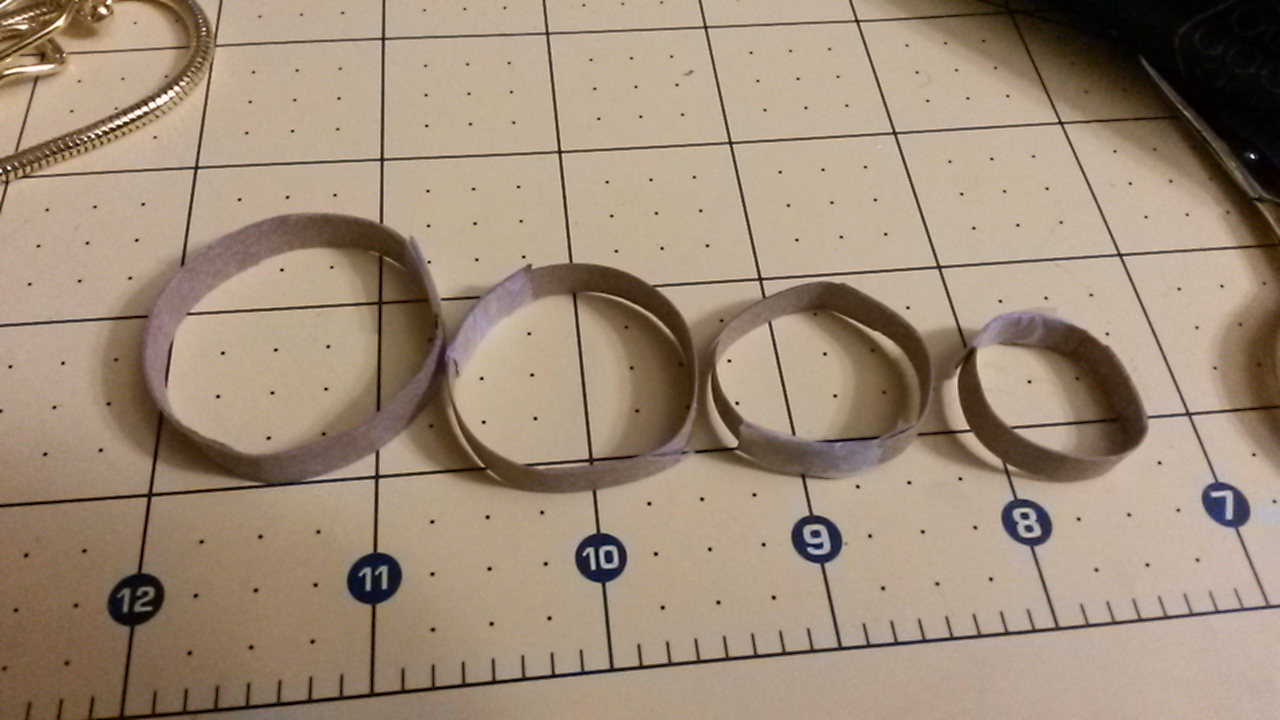
To create the round bellows, begin by cutting a toilet paper roll lengthwise. Then cut thin strips.
Place one strip inside the watch face so that it is slightly smaller than the opening. Tape the ring to this size.
Place a second, third and fourth ring into the watch face consecutively with each ring taped slightly smaller than the last.
Cut off excess length on the rings where it overlaps. You want only one thickness of cardboard on each ring.
You need to leave room between each ring for two layers of leather.
Assembling Bellows
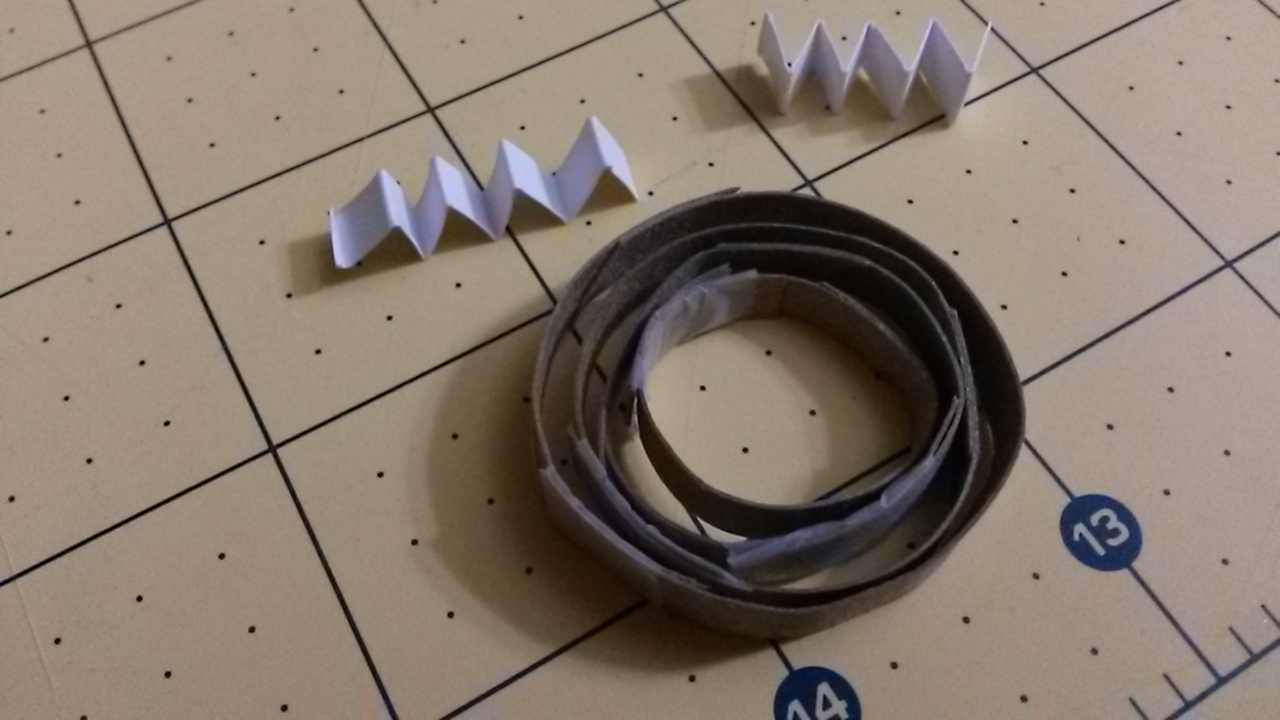
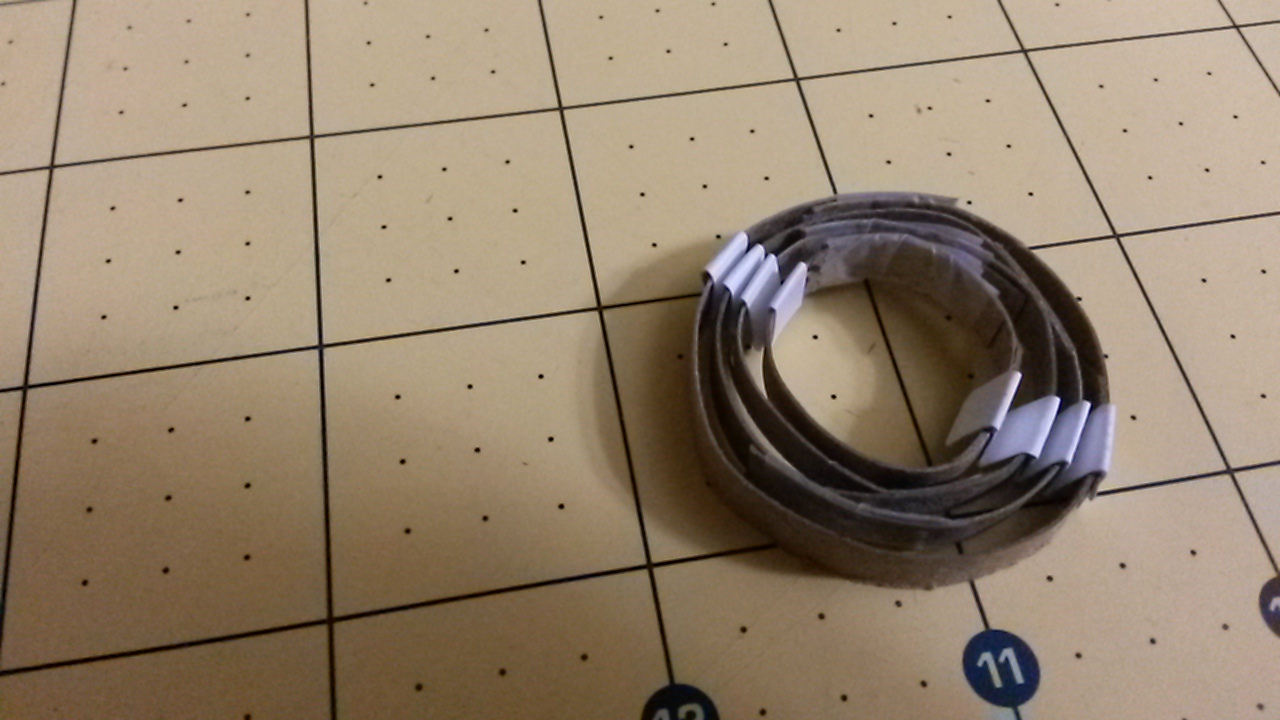
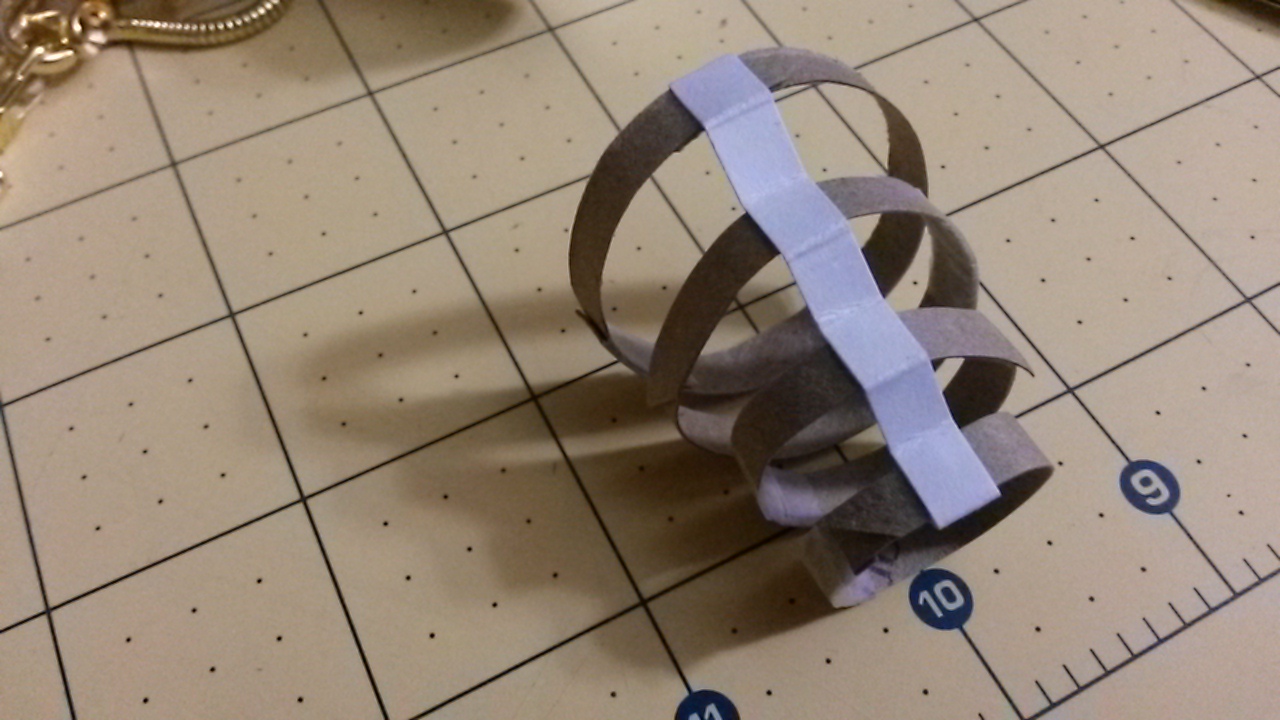
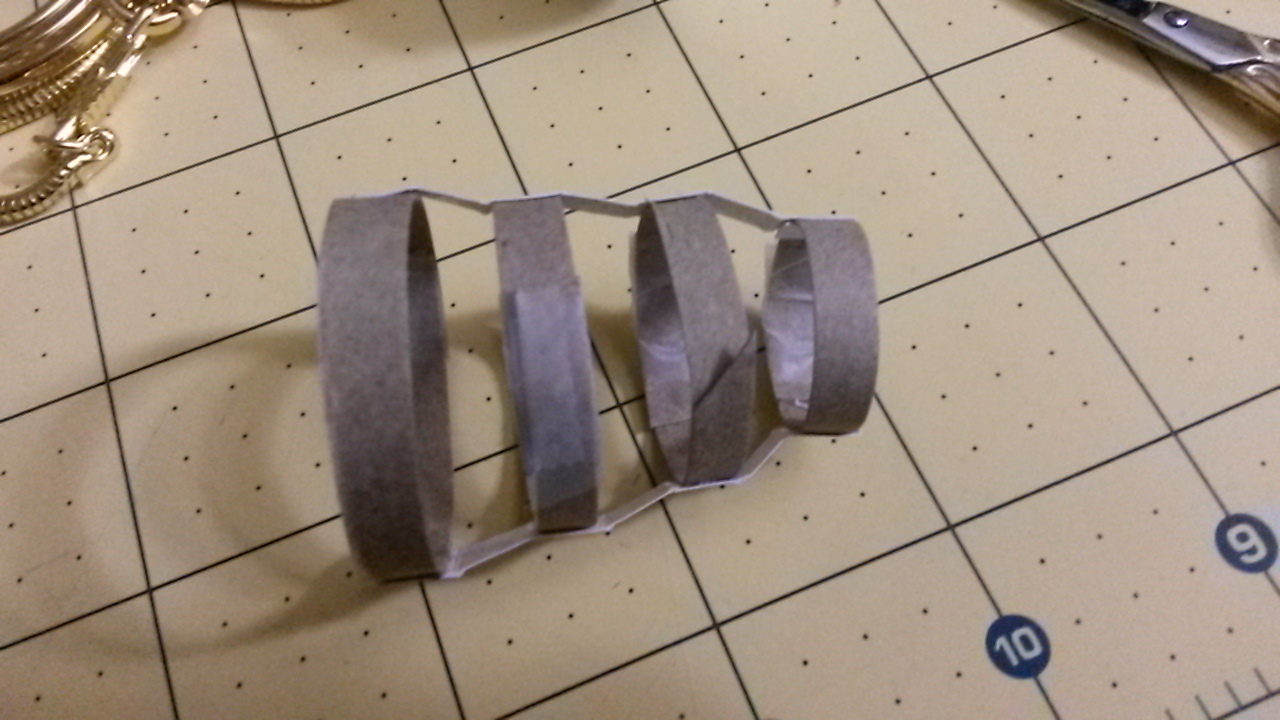
Cut two strips of cardstock and fold them accordion style so that each has four peaks.
Glue the strips onto the rings with one on each side.
The rings should expand and retract easily.
Covering Bellows
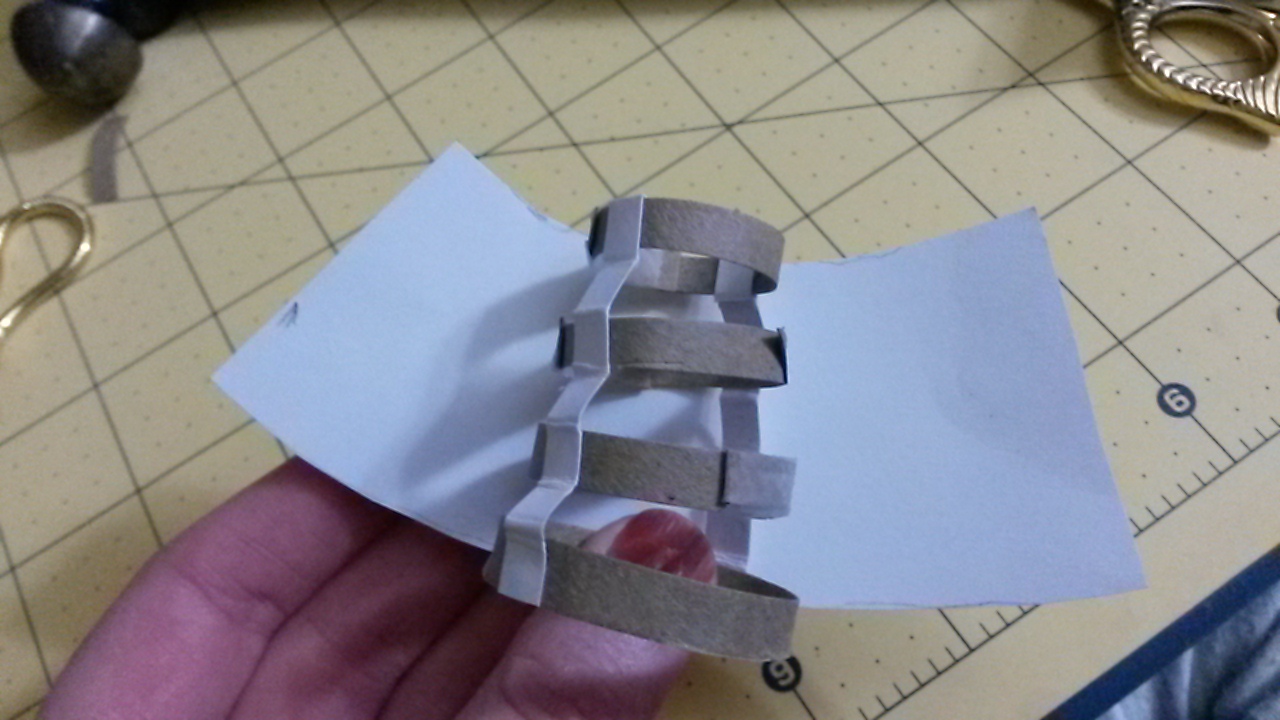
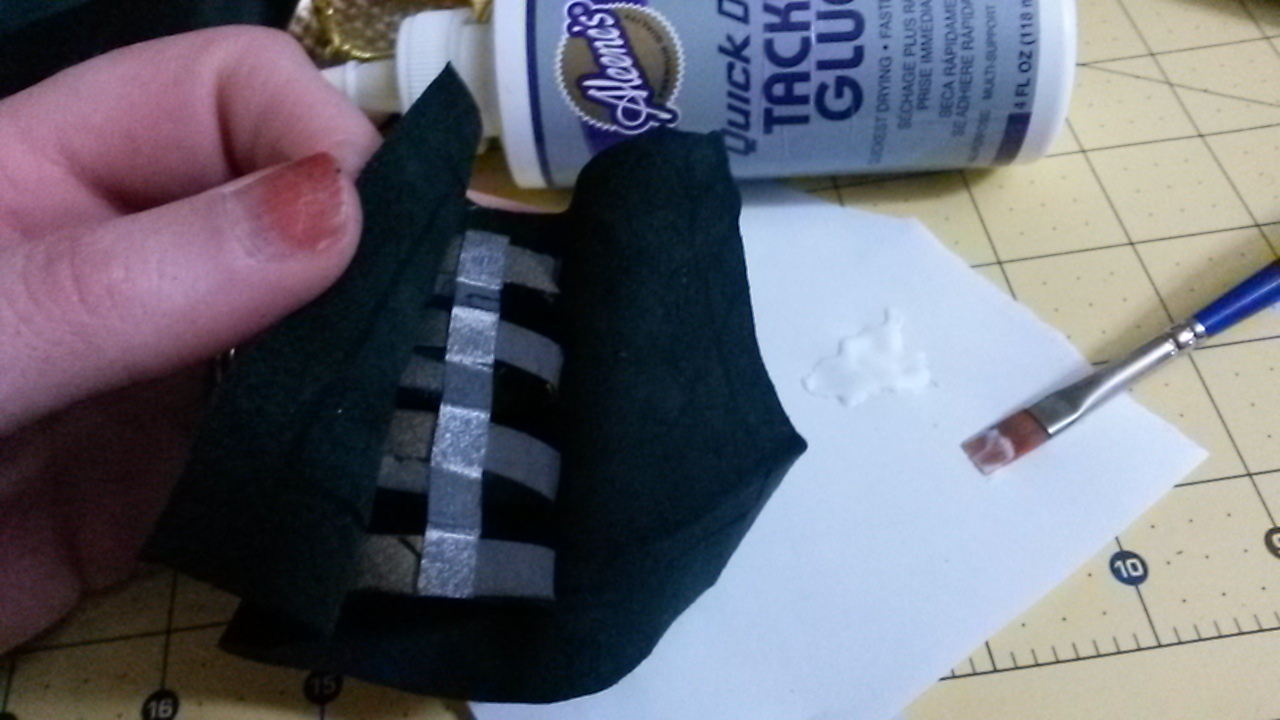
Cut a template for the leather by tracing the bellows onto a piece of paper.
Paint the bellows black inside and out. I used spray paint initially but acrylic provides a more solid black. Allow to dry.
Trace the template onto the back of the leather with a fine tip marker and cut out with a 1/4" extra around the edge.
Use tacky glue to affix the leather to the bellows.
Fold the excess leather at the edge of the smallest ring into the bellows and use tacky glue to secure it.
Give it a short time to dry. Before it is fully cured, flatten the bellows and allow to dry completely.
Paint the inside again with black paint if you can see ANY light inside. Acrylic paint is good for filling in very small light leaks at the seam of the leather.
Adding the Bellows
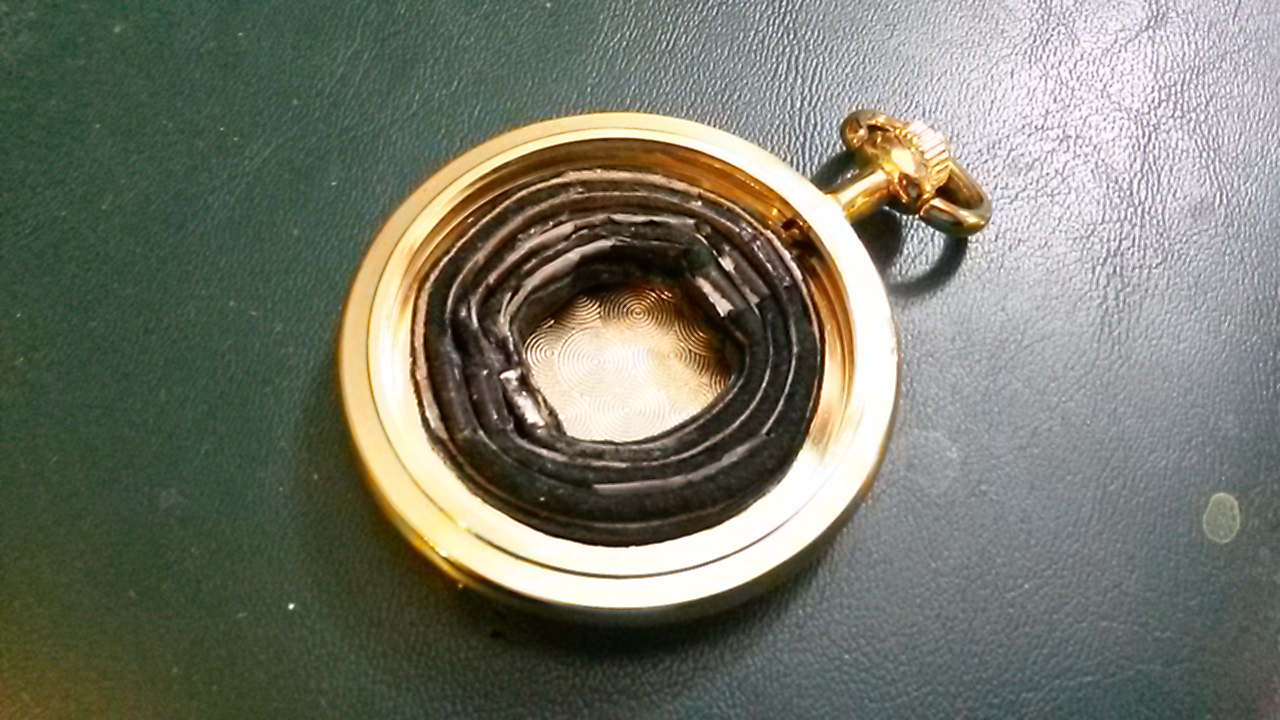
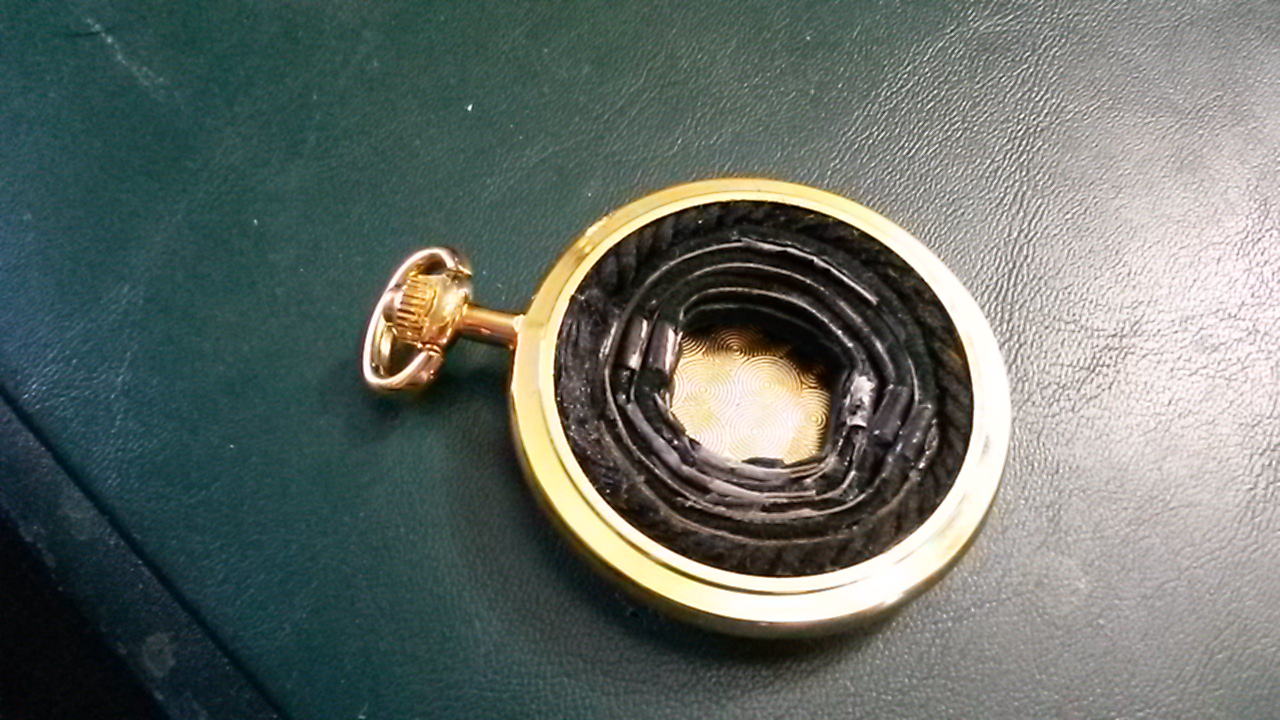
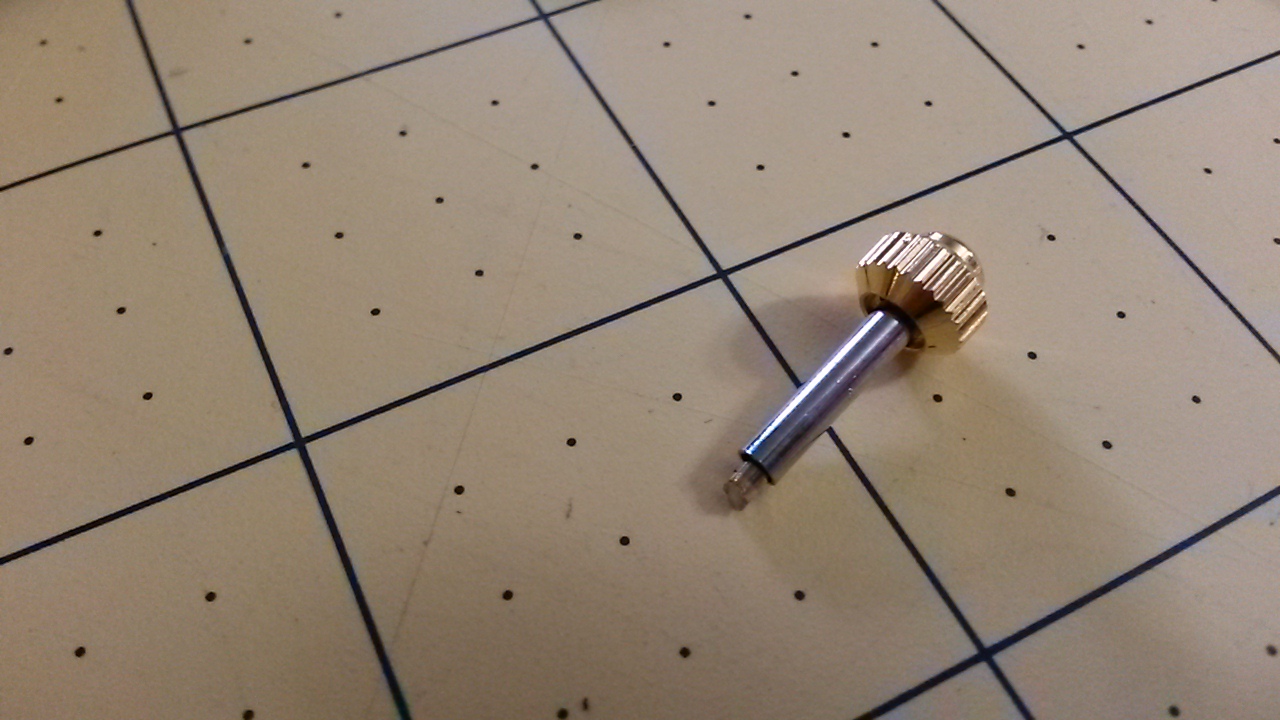
Close the front lid of the watch and place the bellows inside. It should fit snugly.
Use a generous amount of E-600 or similar glue around the edges.
Add yarn or other filler around the edges to ensure it will be light-tight and give the glue more to grasp to.
Cut the crown so that it fits in place but does not press on the bellows.
Glue the crown in place. Sadly, the button on the top of the crown will not longer open the front, but it should be easy enough to open and close without it.
Pinhole
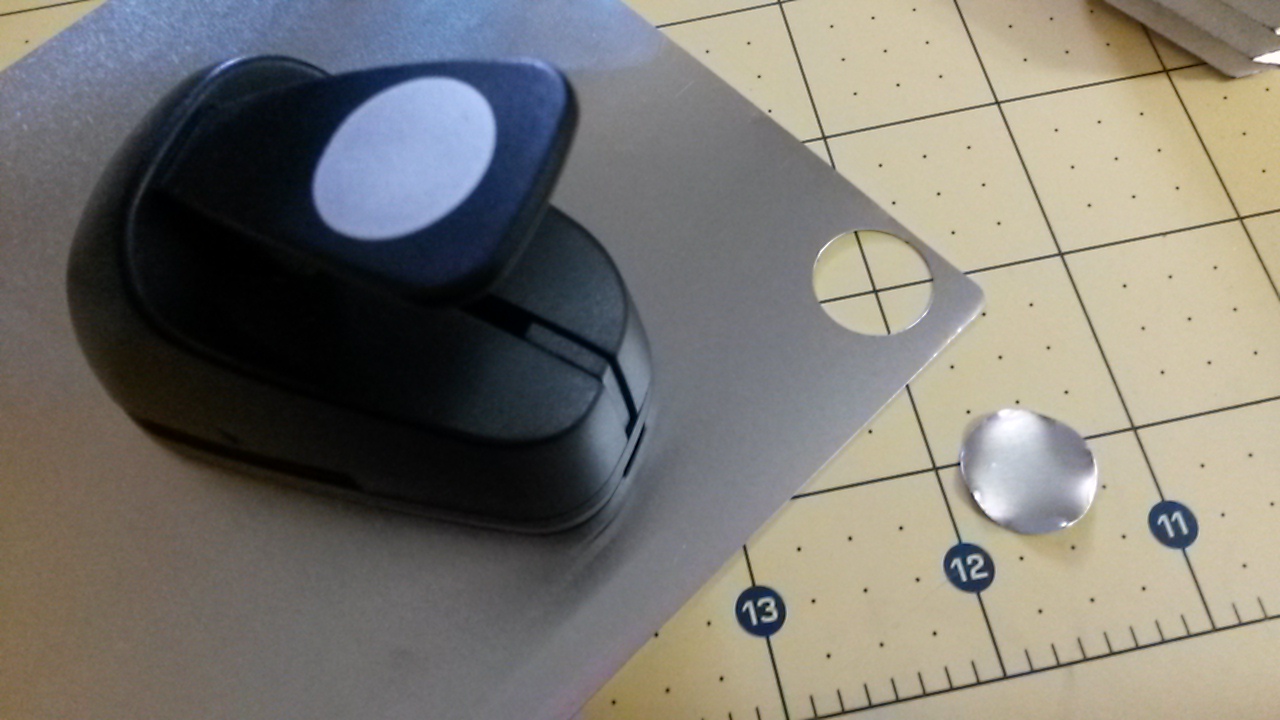
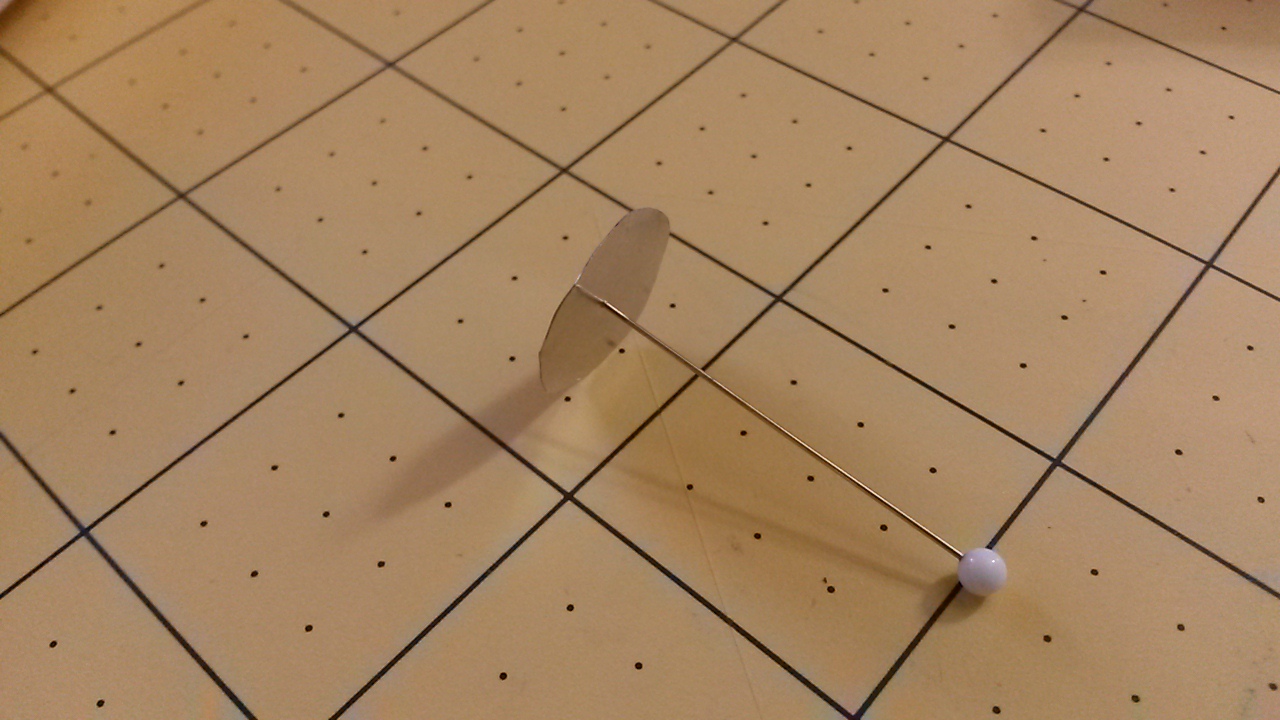
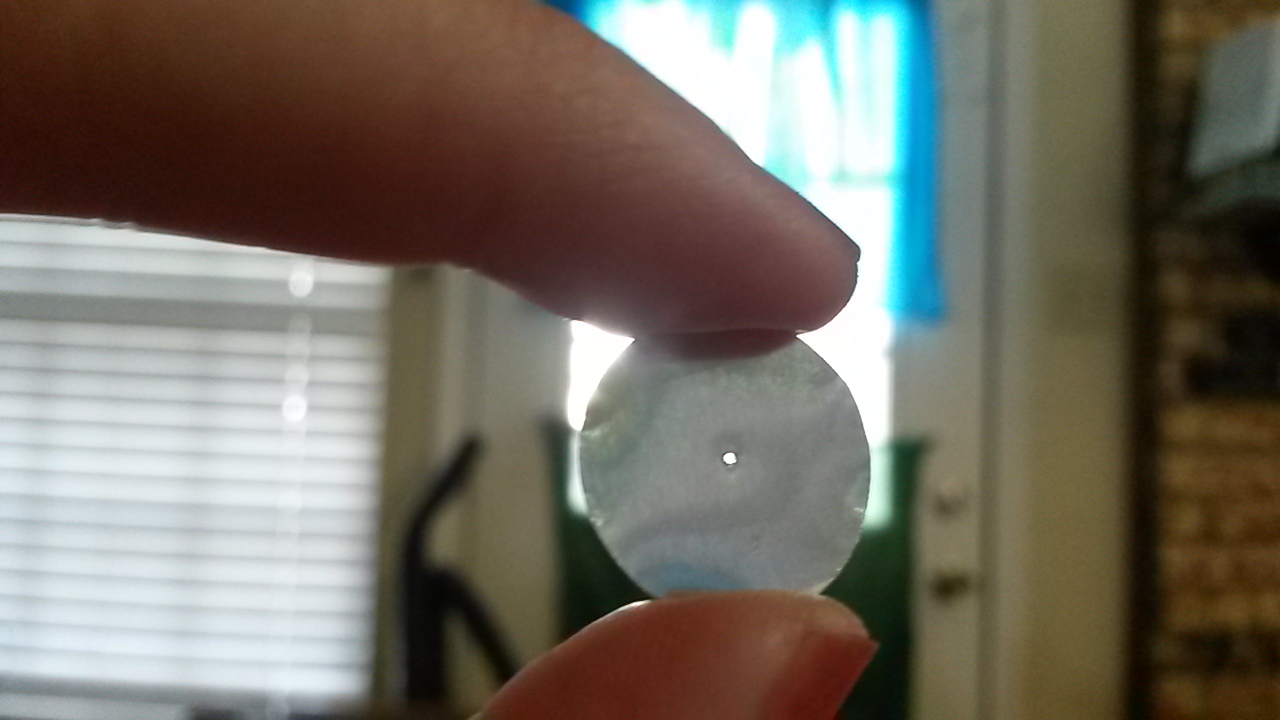
To create the pinhole aperture, cut a piece of aluminum that is slightly larger than the smallest ring on your bellows. (If you're using the same grommet I did, it should be 1/2") I used a circle punch and some scrapbooking aluminum, but the punch certainly isn't necessary and an aluminum can will work just as well.
Use a straight pin to poke a small hole in the center.
Pinhole Assembly
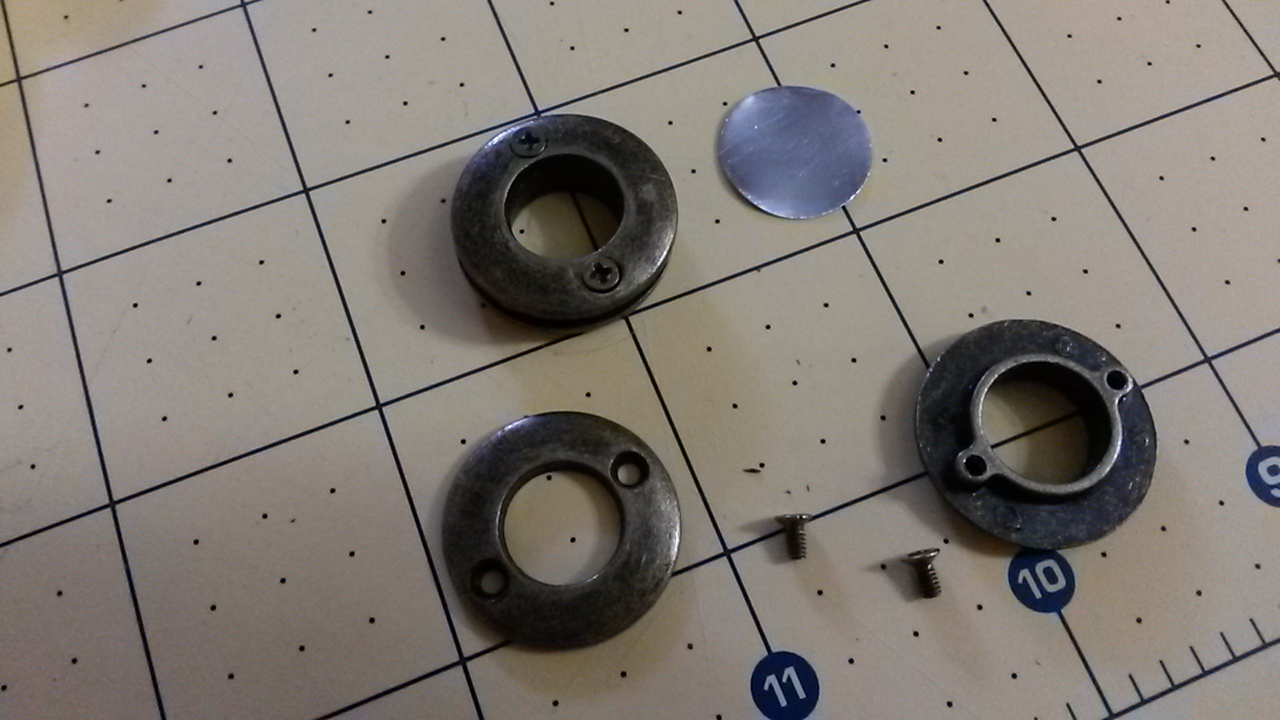
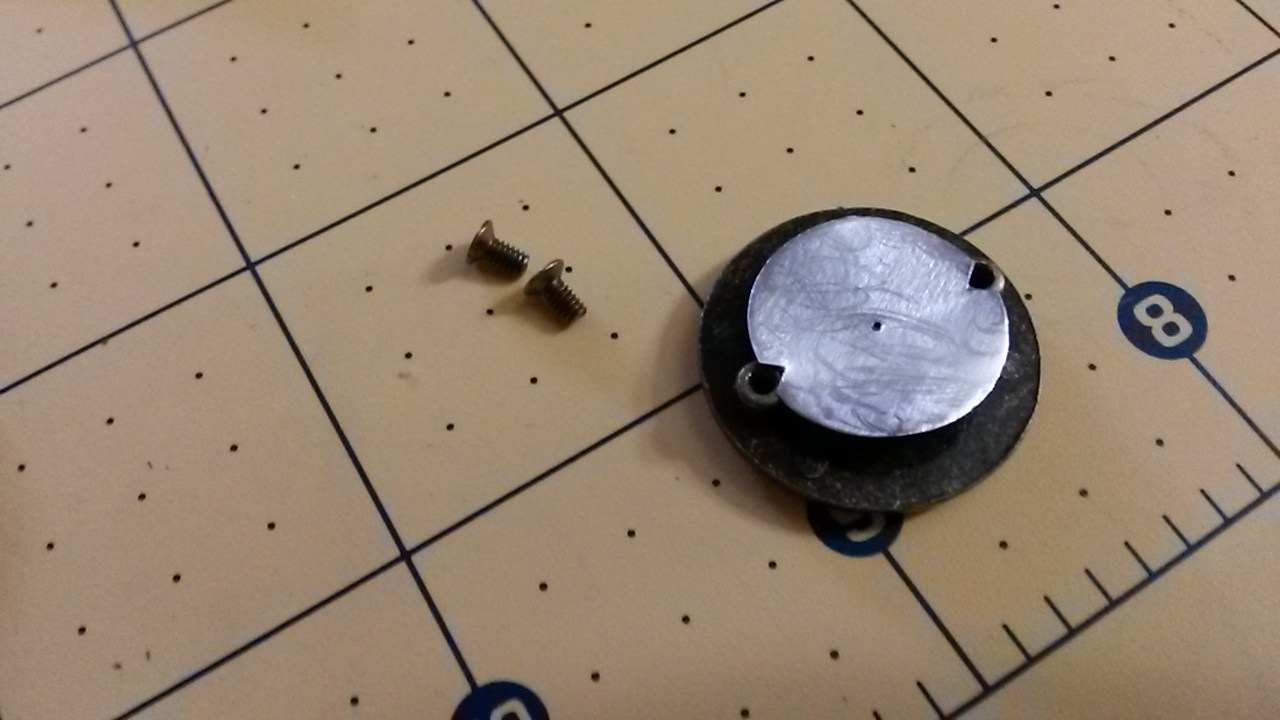
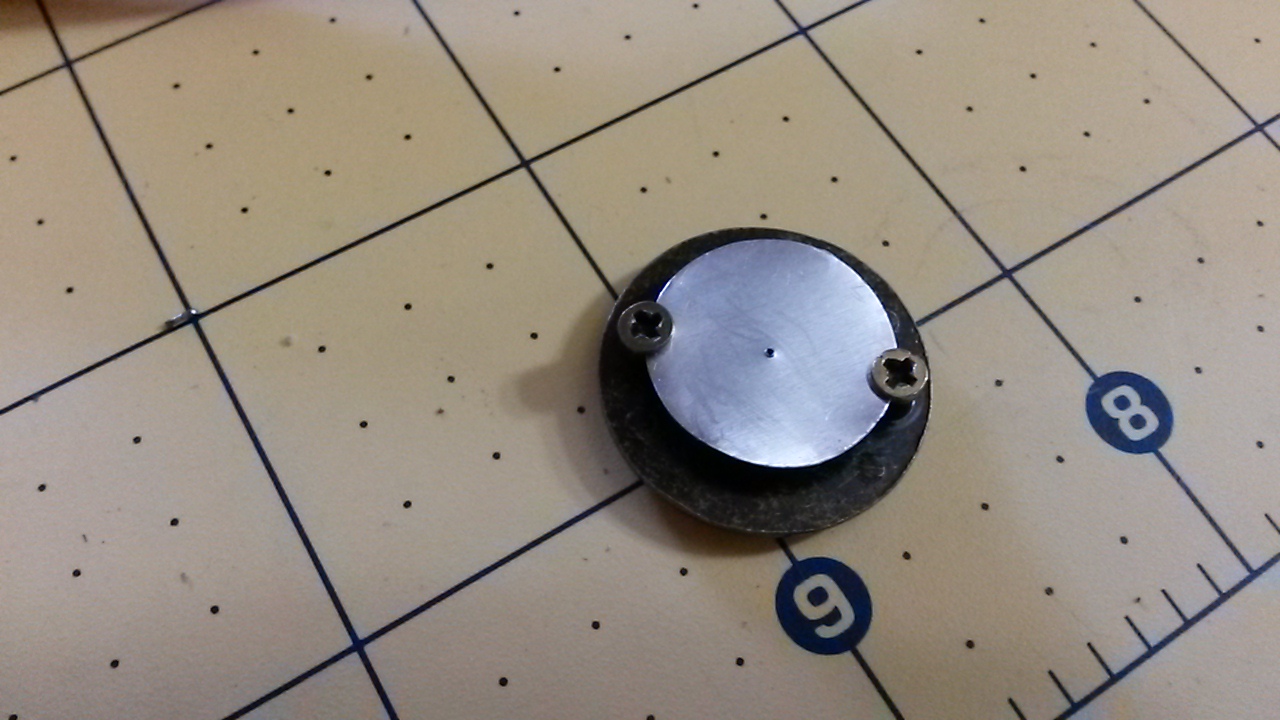
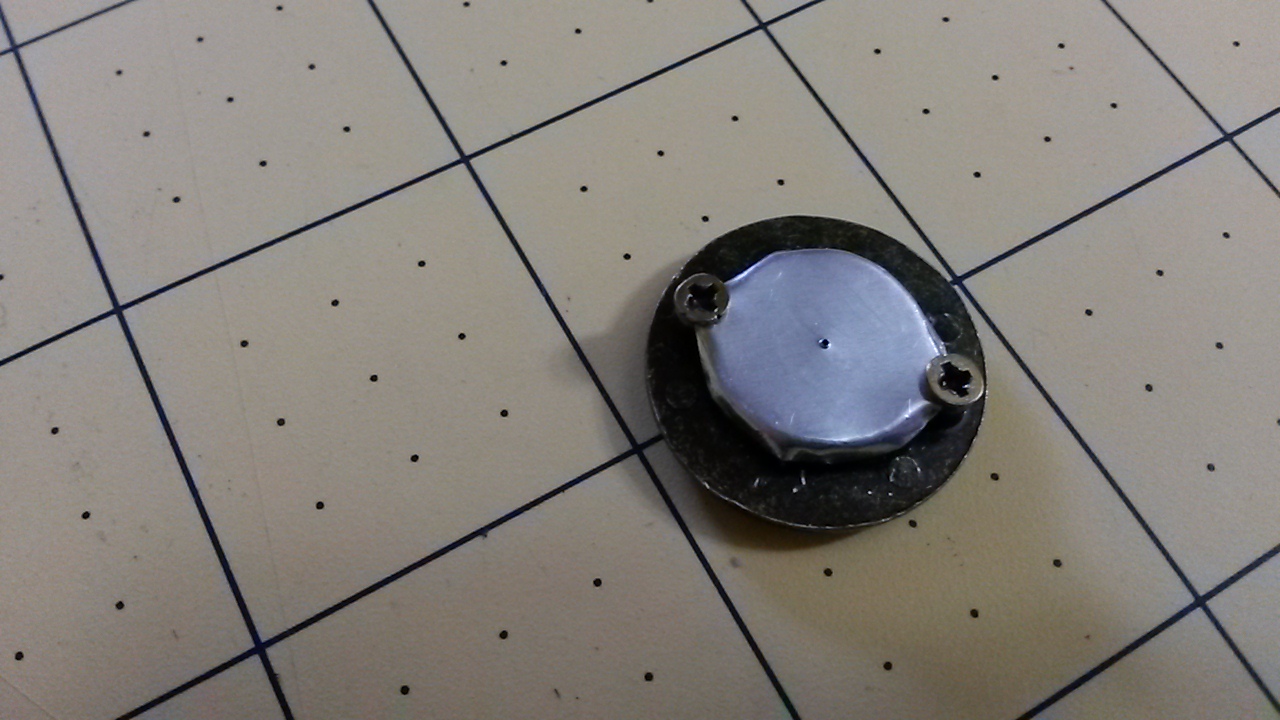
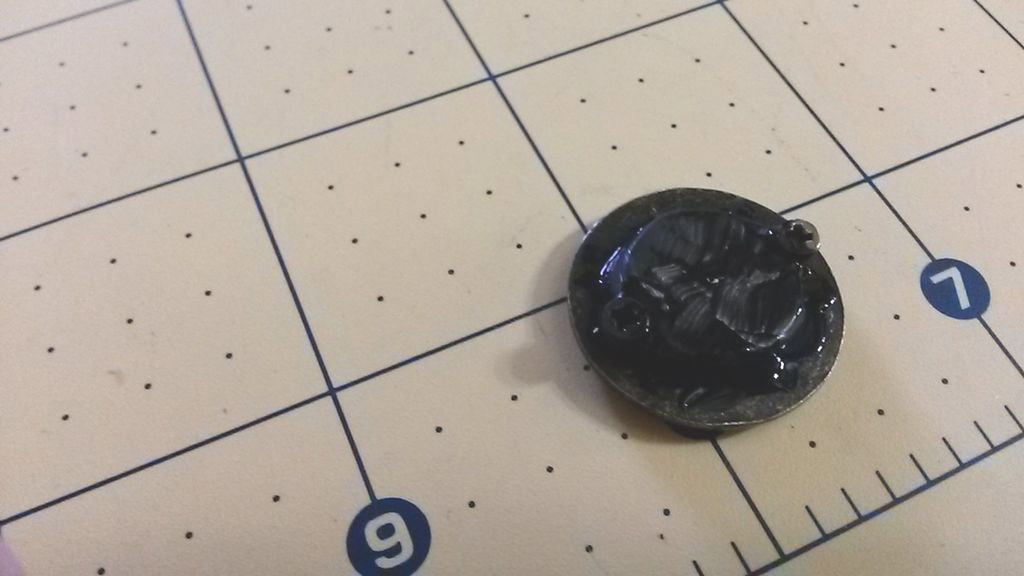
To attach the pinhole, I used an antique-looking screw on grommet. I found these at my local craft store with all the supplies for making bags like plastic handles, clasps, and straps.
You only need the half of the grommet that holds the screws.
Cut off about half the length of the screws with a dremel. They're too long for just half the grommet.
Cut two small nicks in the sides of the aluminum that line up with the screw holes in the grommet and screw it down.
Bend the aluminum around the edges.
Paint the back with black acrylic paint while being sure not to get any in the pinhole. Use generous amounts around the edges of the aluminum to ensure it is light-tight.
Attaching the Pinhole
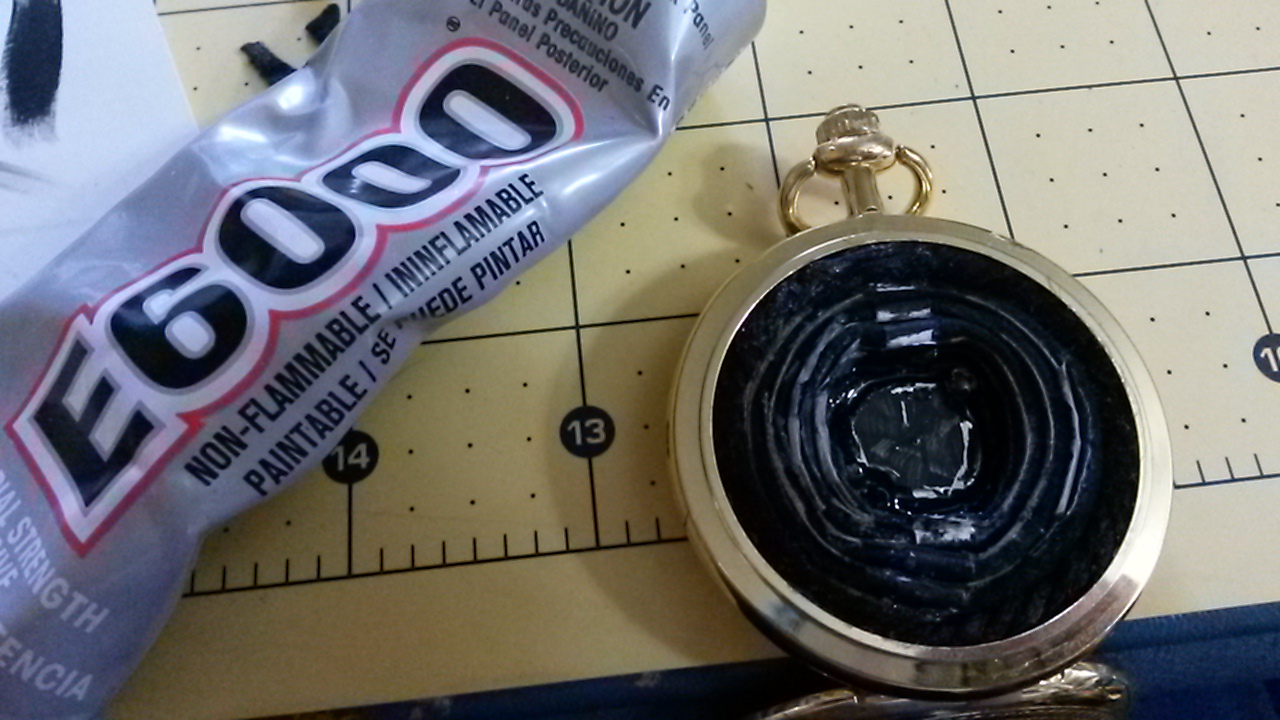
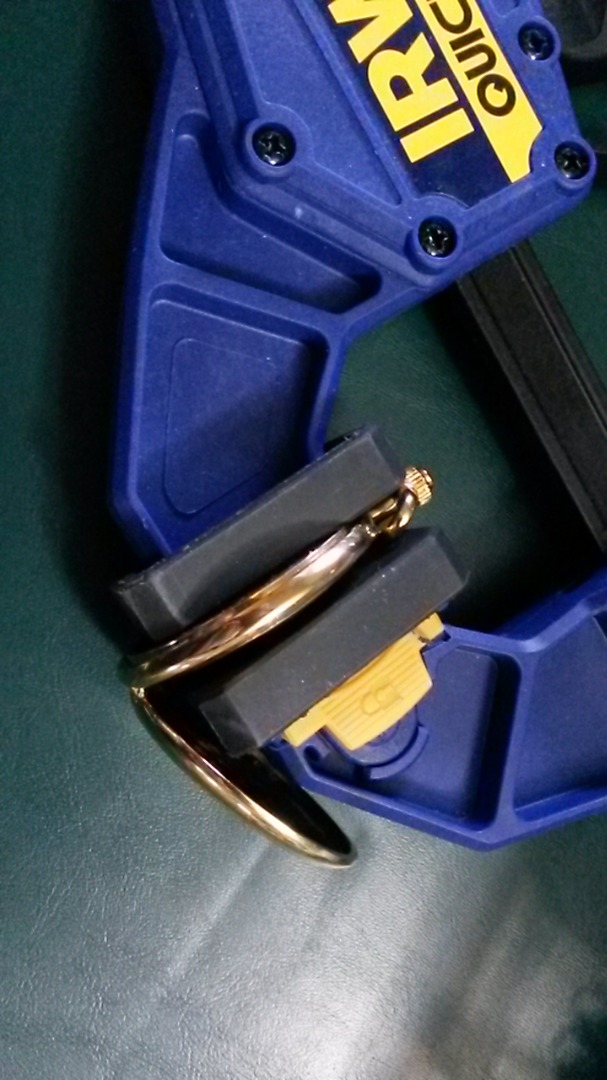
Again, use a generous amount of E-6000 around the inside edges of the grommet and press it into the front of the bellows.
Add another bit of yarn to the glue to fill in any small gaps and ensure light-tightness.
Press firmly but gently while drying. That seems like an oxymoron, but you need to make sure it is firmly attached while not crushing the paper in the bellows. I used a vise, but you could press it under a book or other heavy object.
Add more black paint if necessary.
Shutter
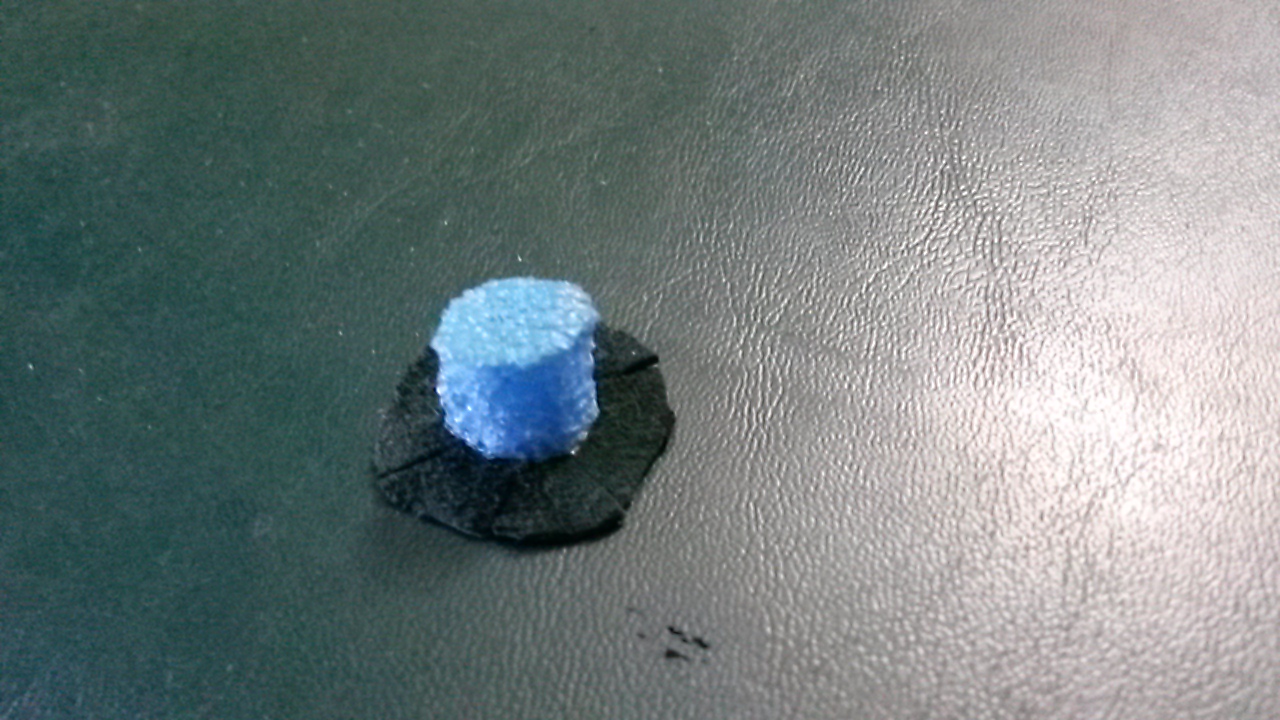
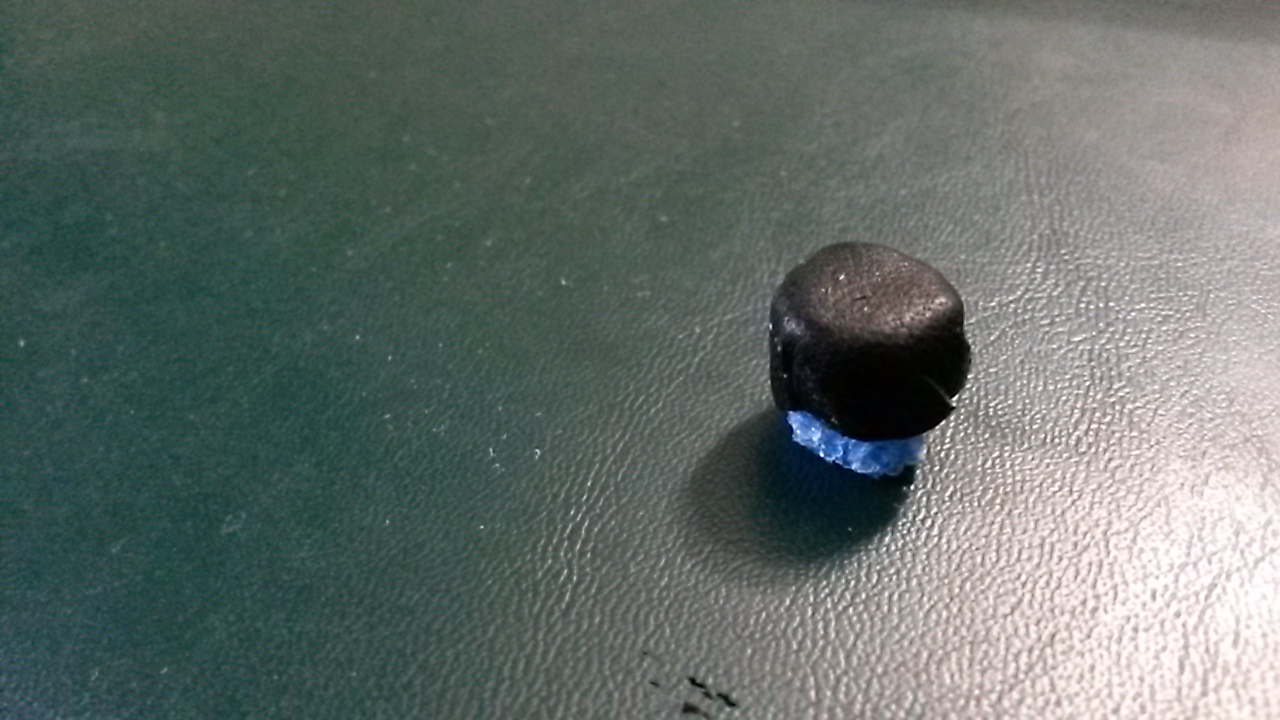
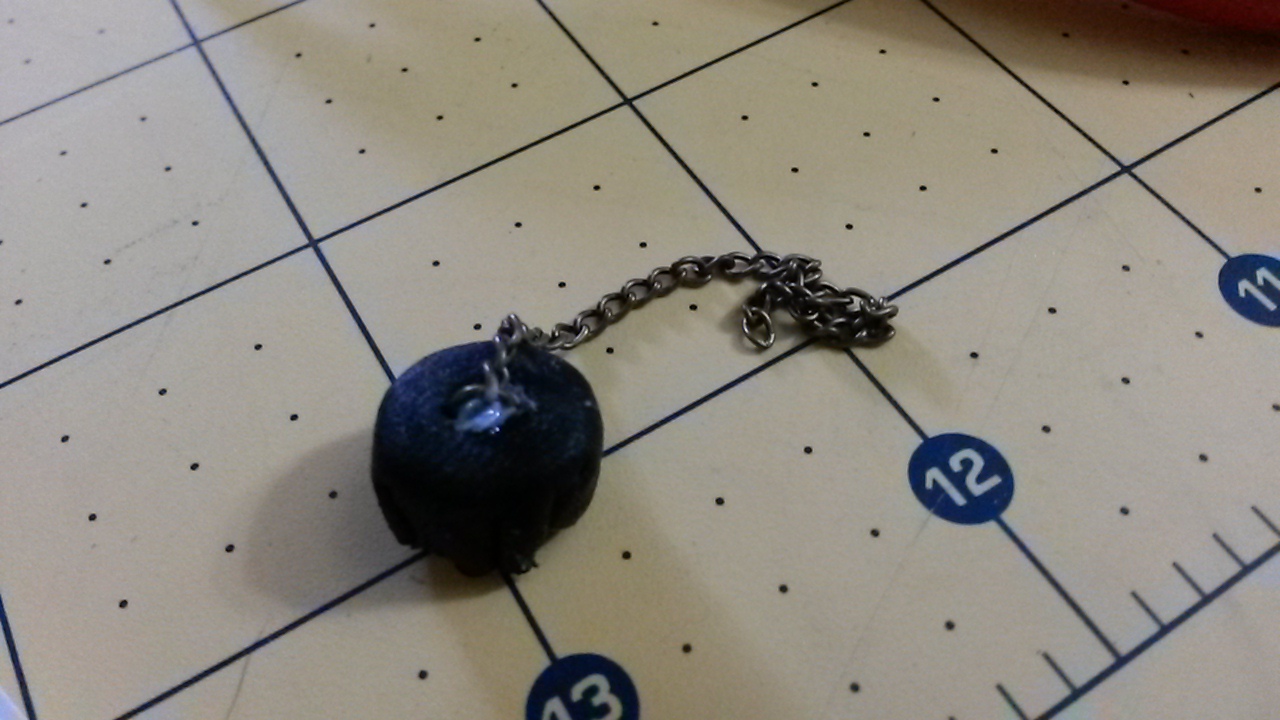
You need a way to cover and uncover your pinhole. To accomplish this, begin by cutting a small piece of foam the same size as the hole in the gromet. I used a piece of camping pad foam, but any firm foam will do.
Cut a circular piece of leather slightly larger than the circular end of the foam and glue the foam to the center with tacky glue.
Cut slits in the leather from the edges to the foam every 1/4" or so.
Use tacky glue to fold the edges around the sides of the foam.
Cut a small hole in the center of the leather.
Apply some tacky glue and shove the end of a small piece of chain into the hole. Make sure you use a thin chain, as it may not fit inside the cover of the watch if the links are too big.
Cut off any excess foam. It must fit below the top of the grommet as the cover will likely not close if it sticks out any further.
Paint the back black.
Considerations
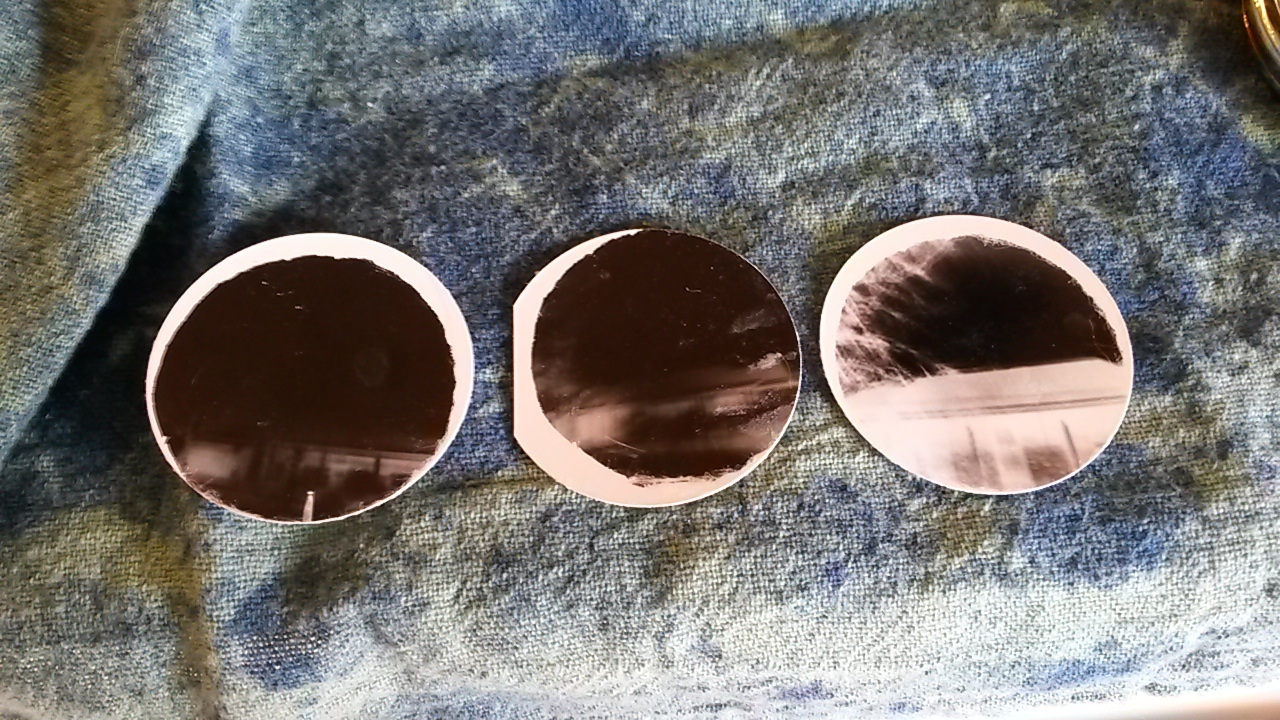
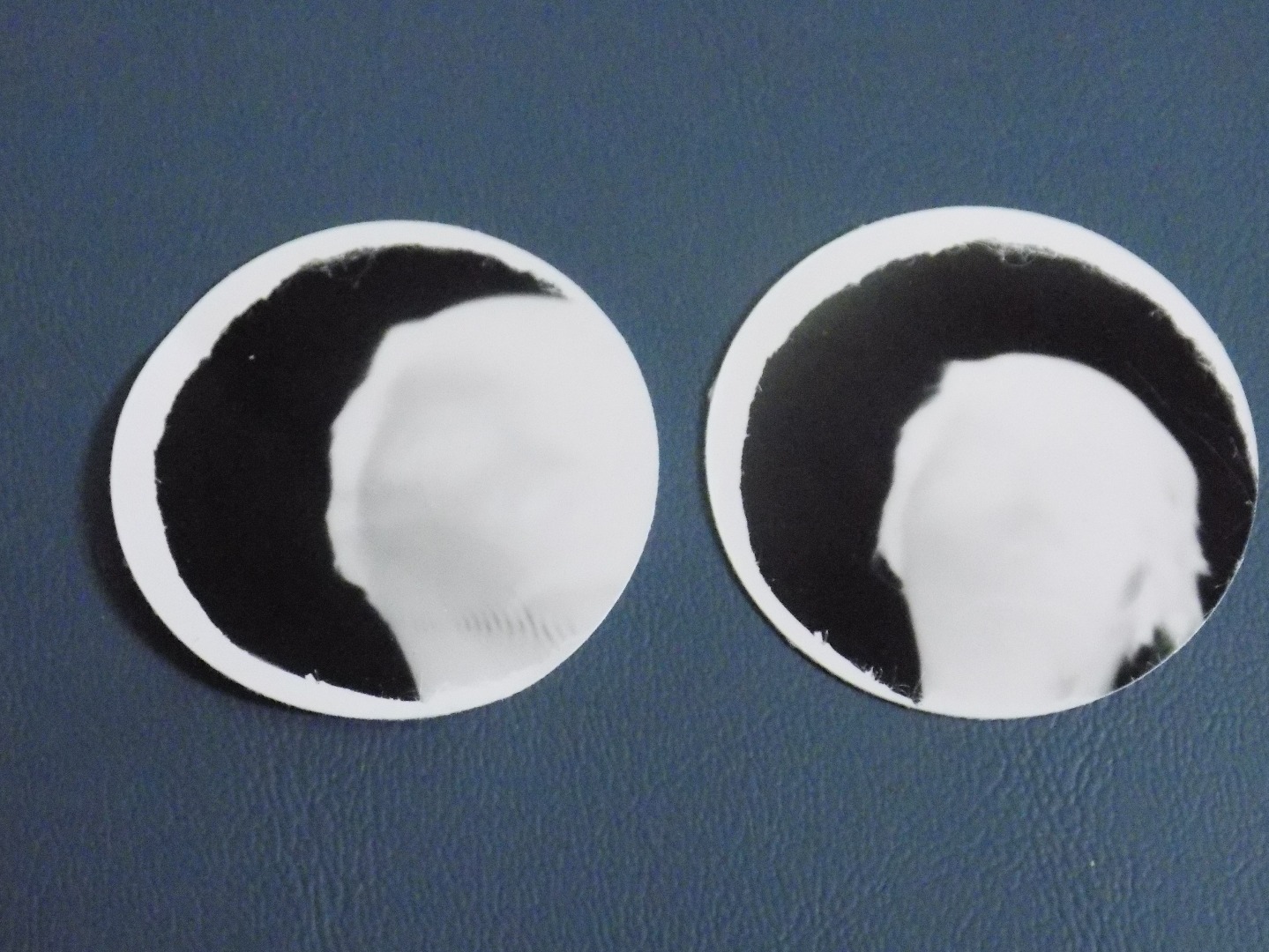
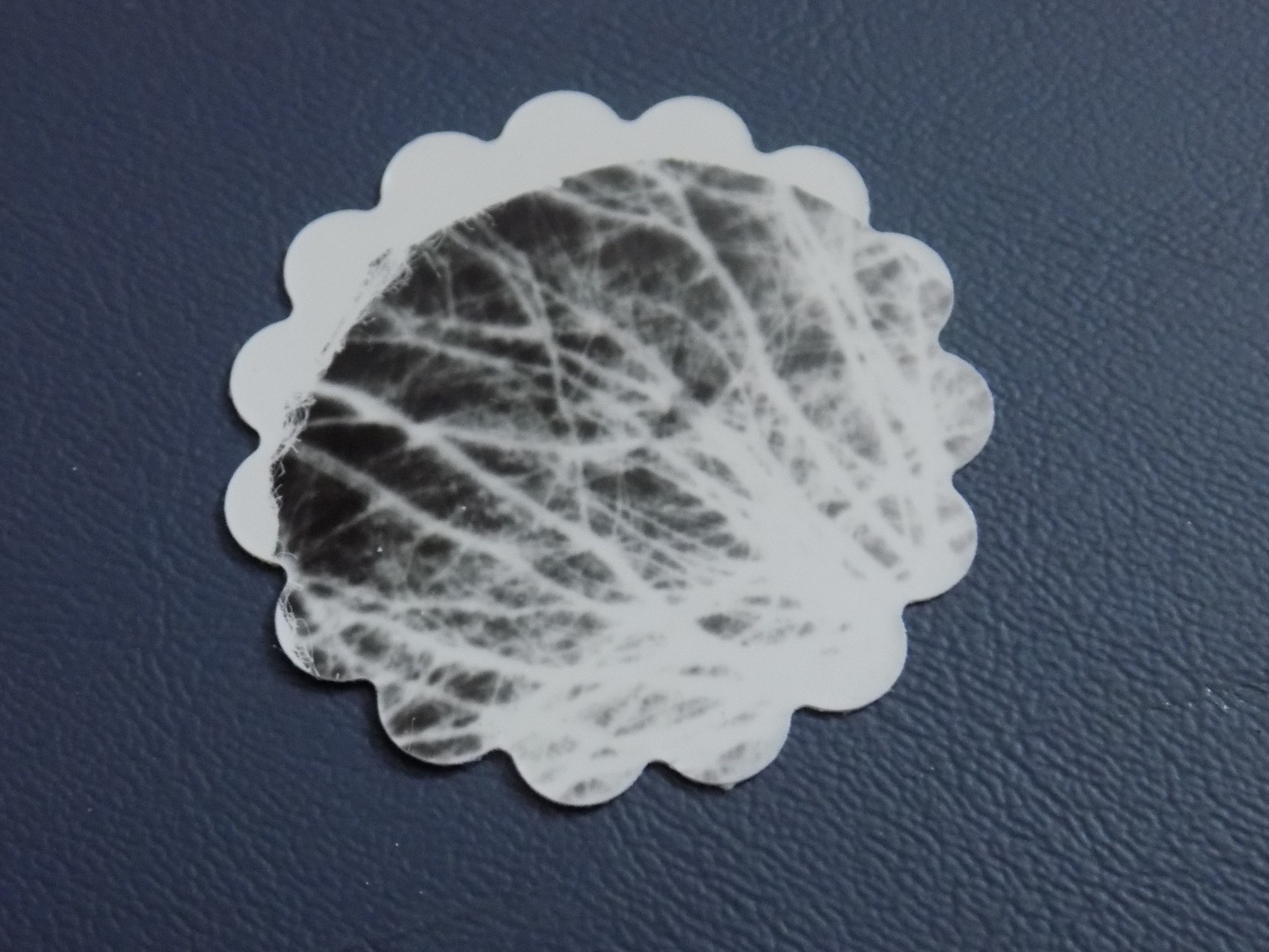
It's finally time to use your new pinhole camera! Here are some things to consider.
I opted to use only photo paper instead of film. You certainly don't have to, but I'll enlighten you as to my reasoning.
First, it takes additional chemicals and tools to process film and I didn't want to add to my expense on this project without first trying it out. The chemicals and paper I bought were around $45. It would easily double the expense if I added film to the mix and wasn't sure I would play with this camera enough to make that expense worth it.
Second, This camera will not hold a roll of film. It can only process one shot at a time. That means I would have to take a roll of film into the darkroom and cut it into 1 frame pieces. Load a frame of film, take my picture, and process the film before beginning the developing process. These extra steps, again, didn't seem worth it until I knew I could get good shots with my camera.
That being said, there are some reasons why you may want to use film instead of just paper.
Pinhole cameras expose the film or paper to light. Whether you use film or paper, whatever areas get the most light, get darker. This means that the resulting image that comes out of your camera will be a negative. If you use film, you can then use that negative to create a positive image on paper. With paper only, all your images light and dark areas will be inverted. You can see in these first images I took, the sky is black because it was a sunny day.
If you are going to use paper only, I recommend taking pictures of abstract objects as the resulting negative effect isn't so off-putting or strange. For example, my favorite image so far is of some tree branches.
Prepare to Shoot
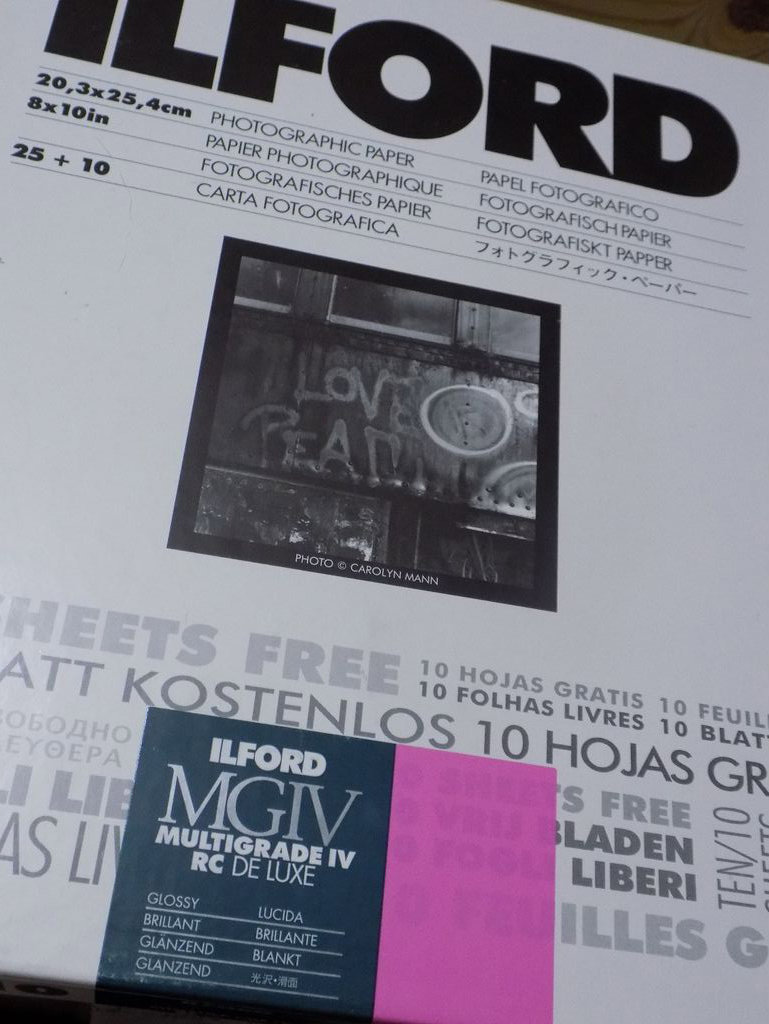
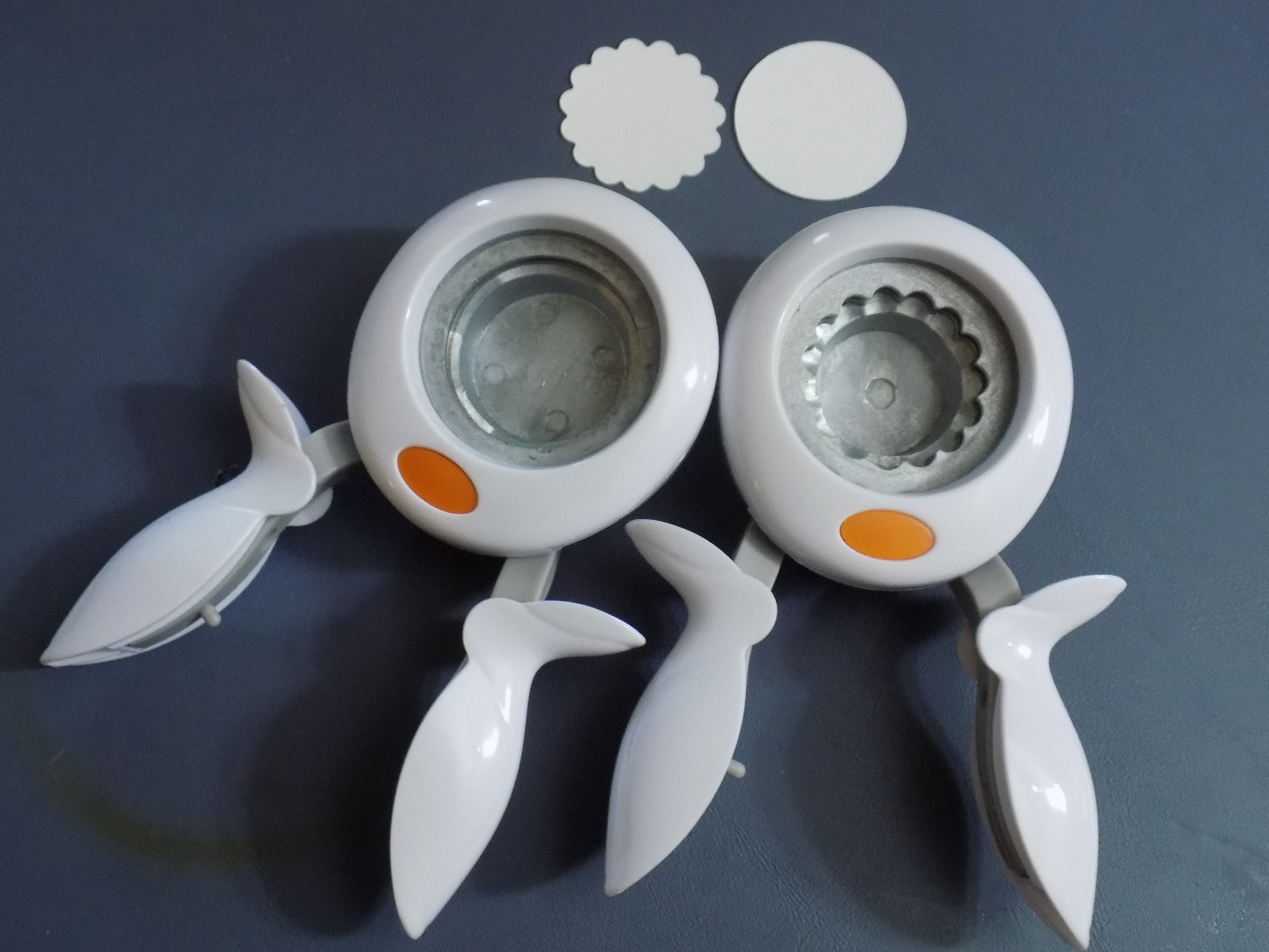
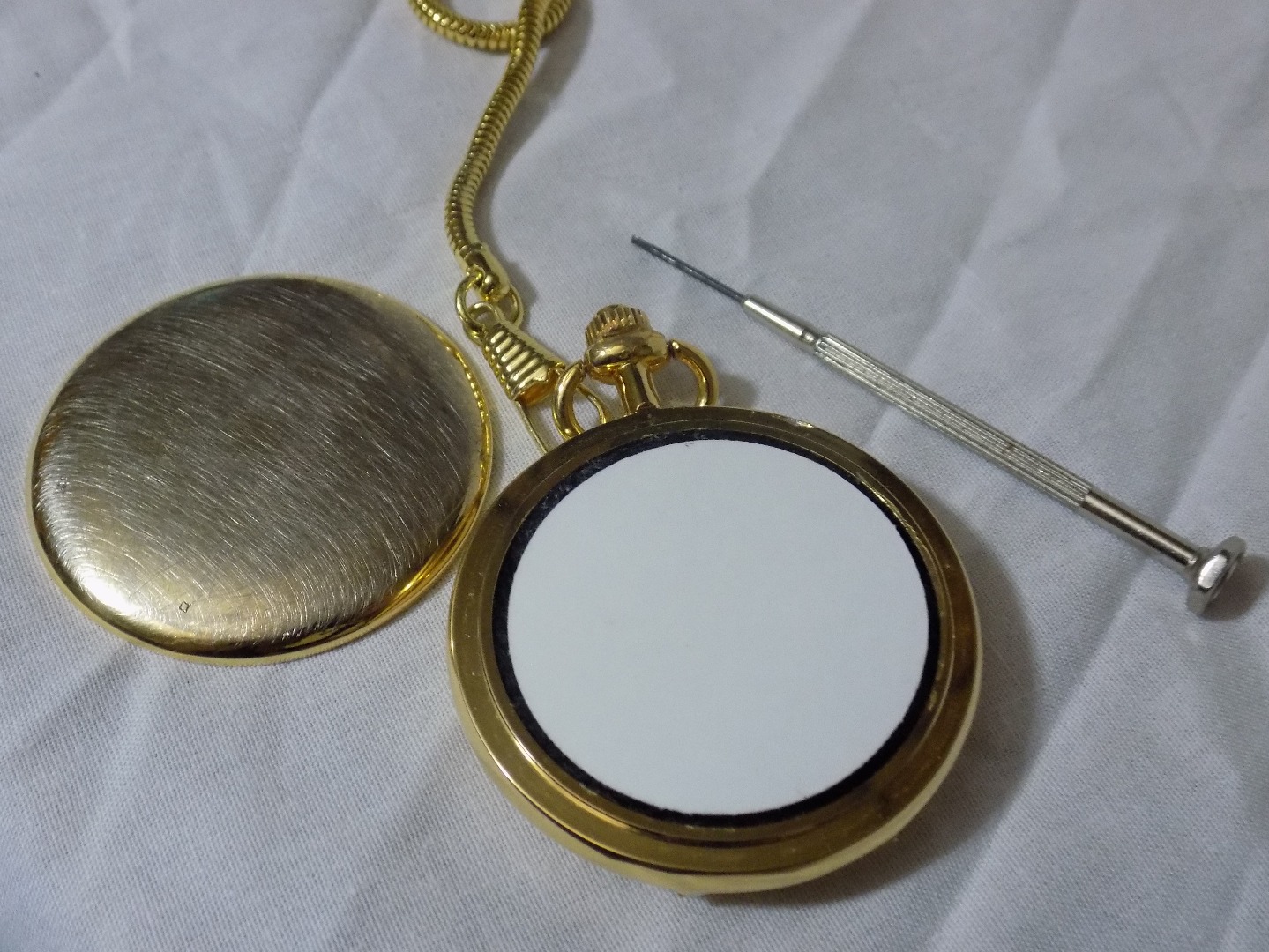
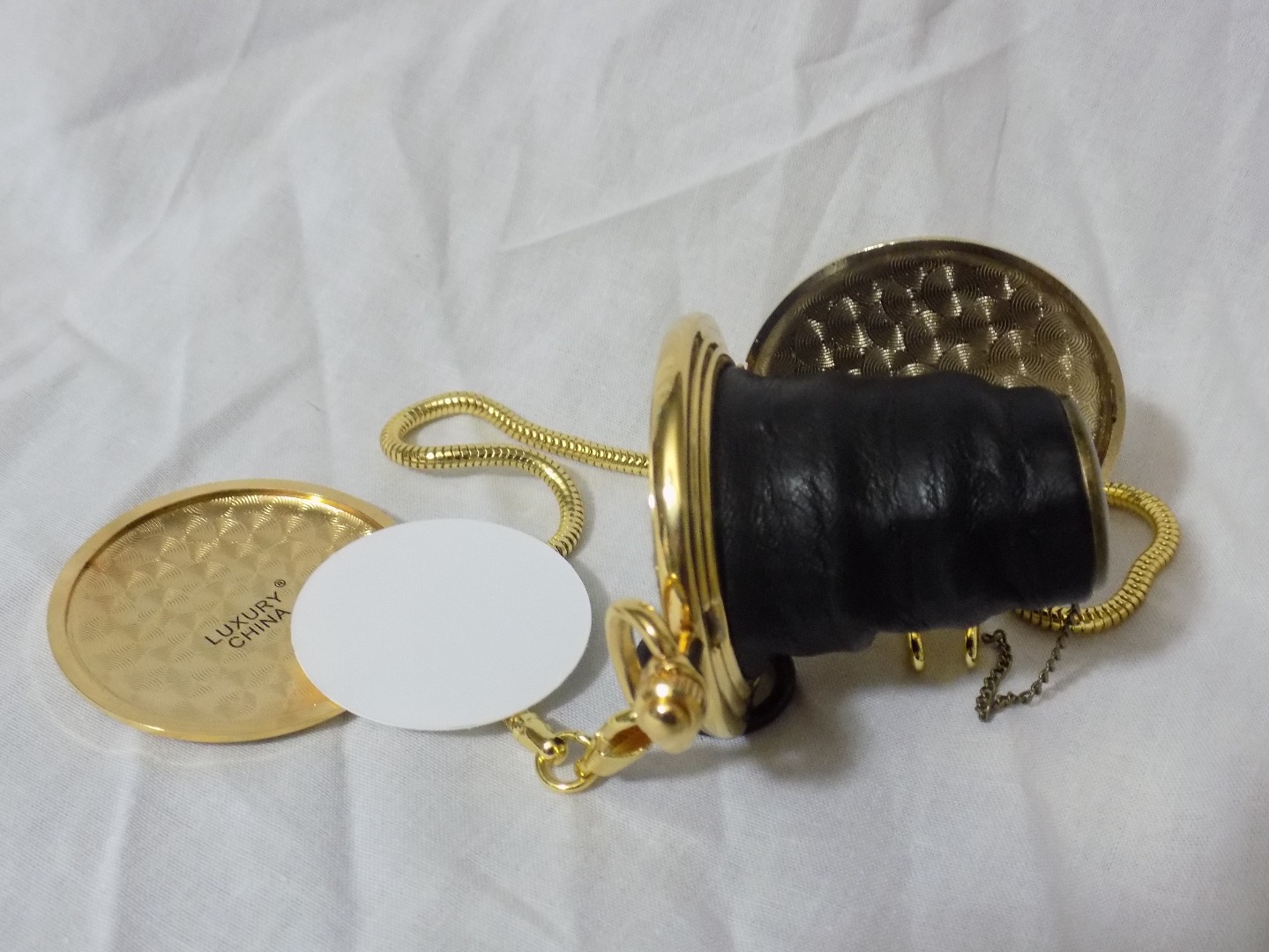
Darkroom
At this point you need a darkroom. Your darkroom must be light-tight just like your camera. My master bathroom has no windows, an exhaust fan, and of course running water, so it was perfect for this purpose. All I needed to do was put a towel around the base of the door. Wherever you choose to work, ensure there is no light seeping in. Any white light can expose your paper and ruin it along with your photographs. You also need good ventilation due to chemical fumes. If your room doesn't have an exhaust fan, you should wear a respirator.
Safelight
Safelights allow you to see in the dark without exposing your paper or film. Different papers require different colors of safelight, but the most common paper for a pinhole camera is black and white RC paper. With this paper, a red safelight is most appropriate. I found a 3watt red LED bulb at the hardware store for $13 that tested safe. The party light I got at the grocery store for $3 was not safe. You can spend $25-$200 on a safelight online. Whatever light you get, you should test it on your paper before exposing your photos or additional sheets of paper to it. I'll describe this process in a later step.
You need your chemicals ready in order to test the light, so I recommend cutting your first piece of paper in the dark and testing your light when you prepare your chemicals and develop your first photo.
Take the following items into the darkroom.
photo paper
small screwdriver to open the back of the pinhole camera
circle cutter
pinhole camera
Take the back off of the pinhole camera. You can do this while the light is on.
Lay all the items in places where you can find them in the dark and turn off the light.
Pull out a piece of photo paper and cut two circles. Do your best to avoid getting fingerprints on the paper. They will show up in the developing process.
Place the sheet and one of the circles back in the bag and close the box. Make note of where you put the circle in the bag so you can find it easily later.
Place the second circle in the back of the pinhole camera with the glossy side facing inward toward the pinhole and secure the back.
You can now turn on the light and go take your first photo!
Take a Picture!
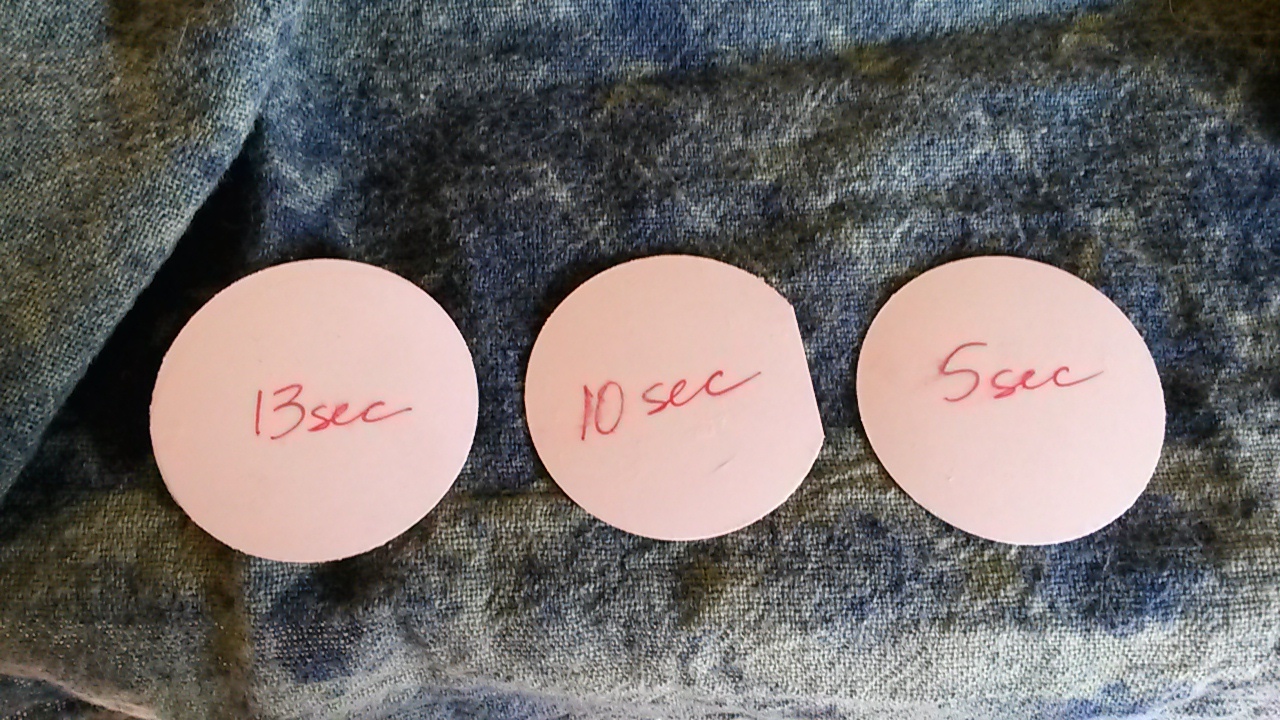

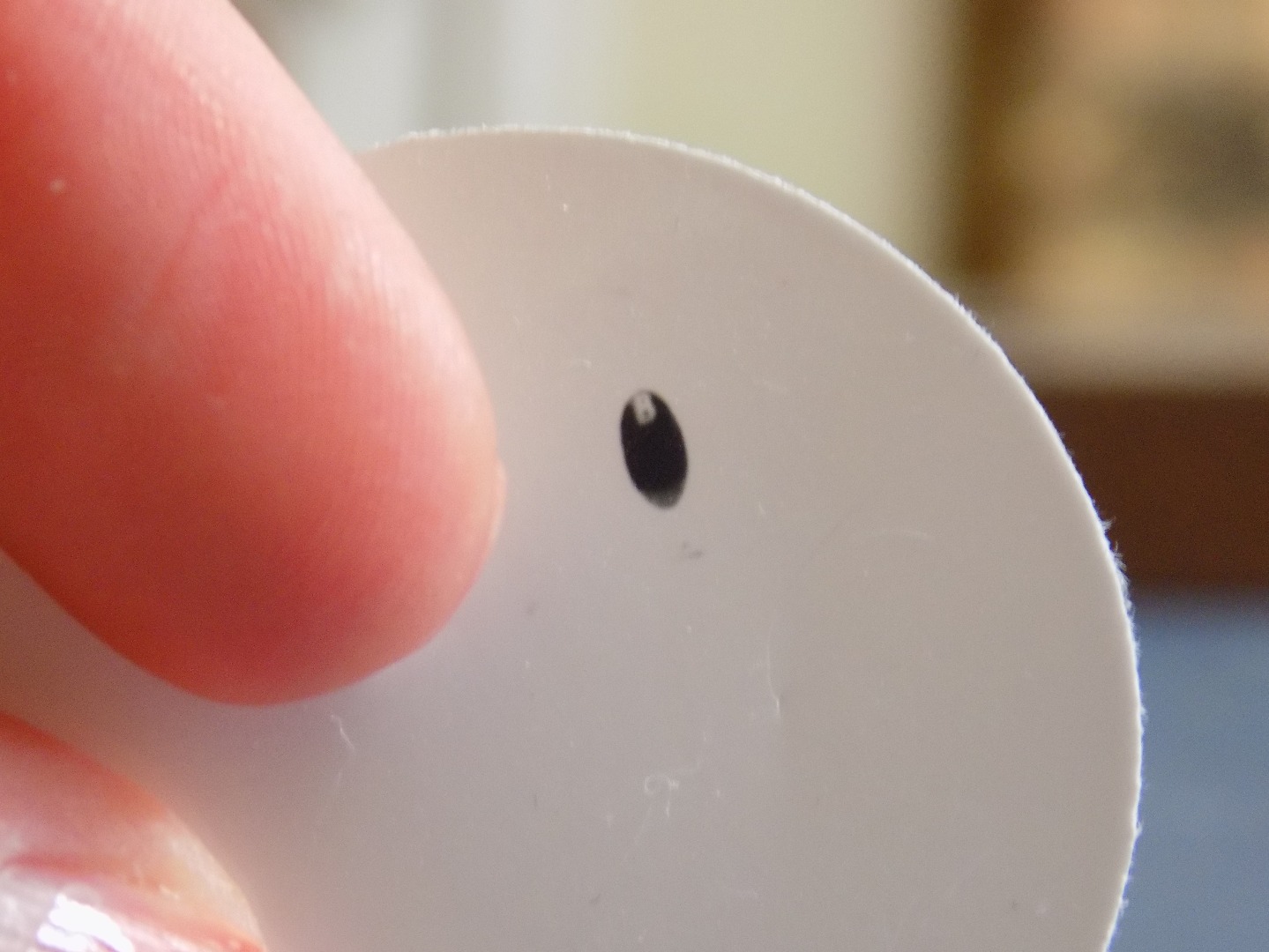
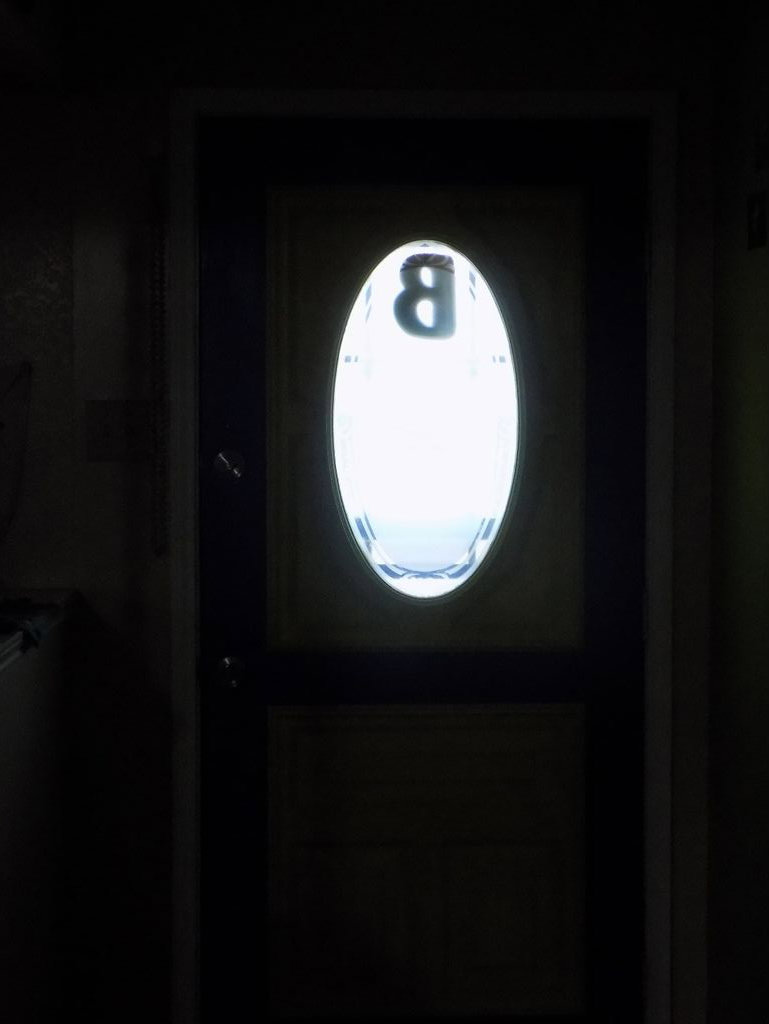
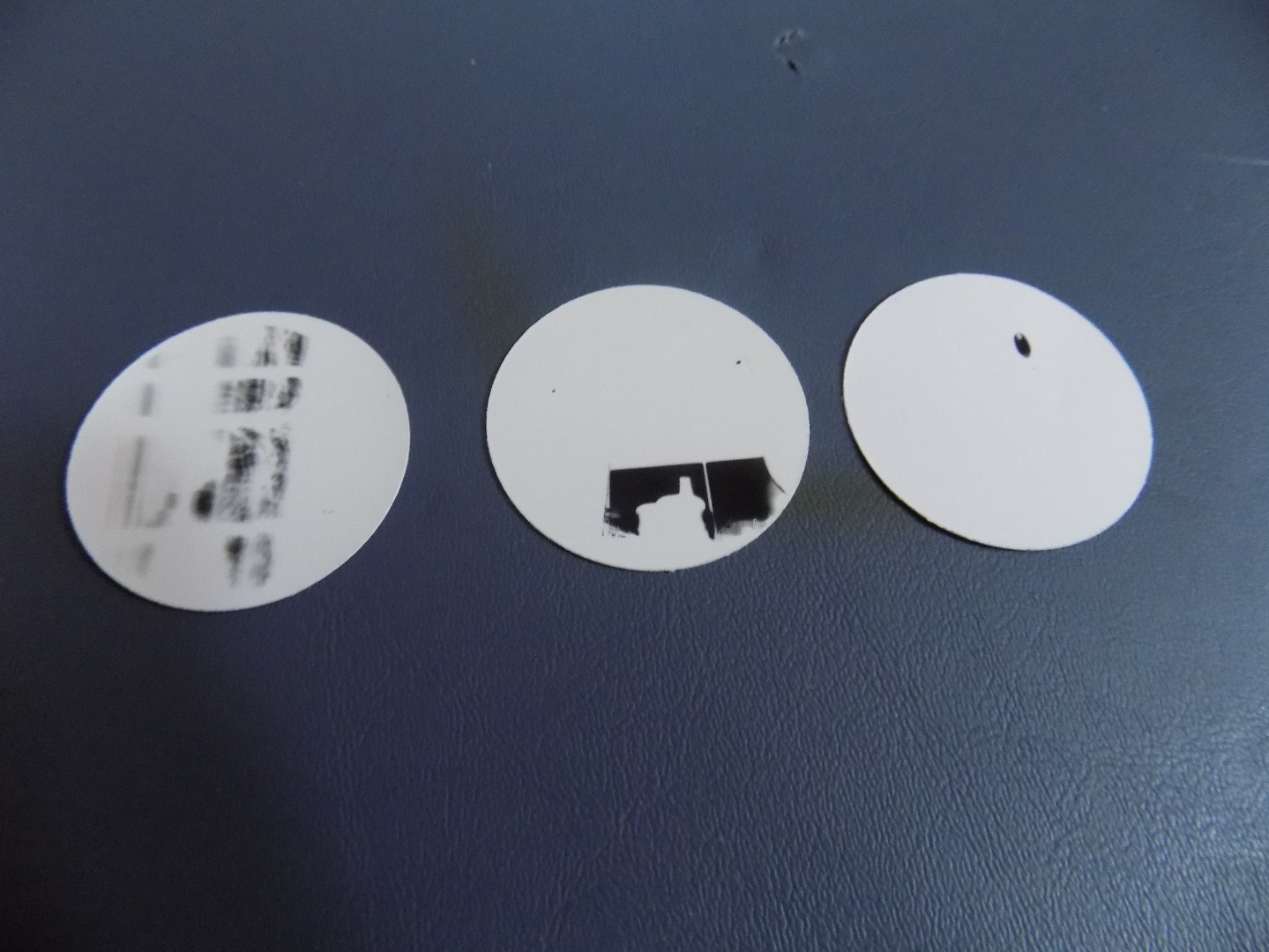
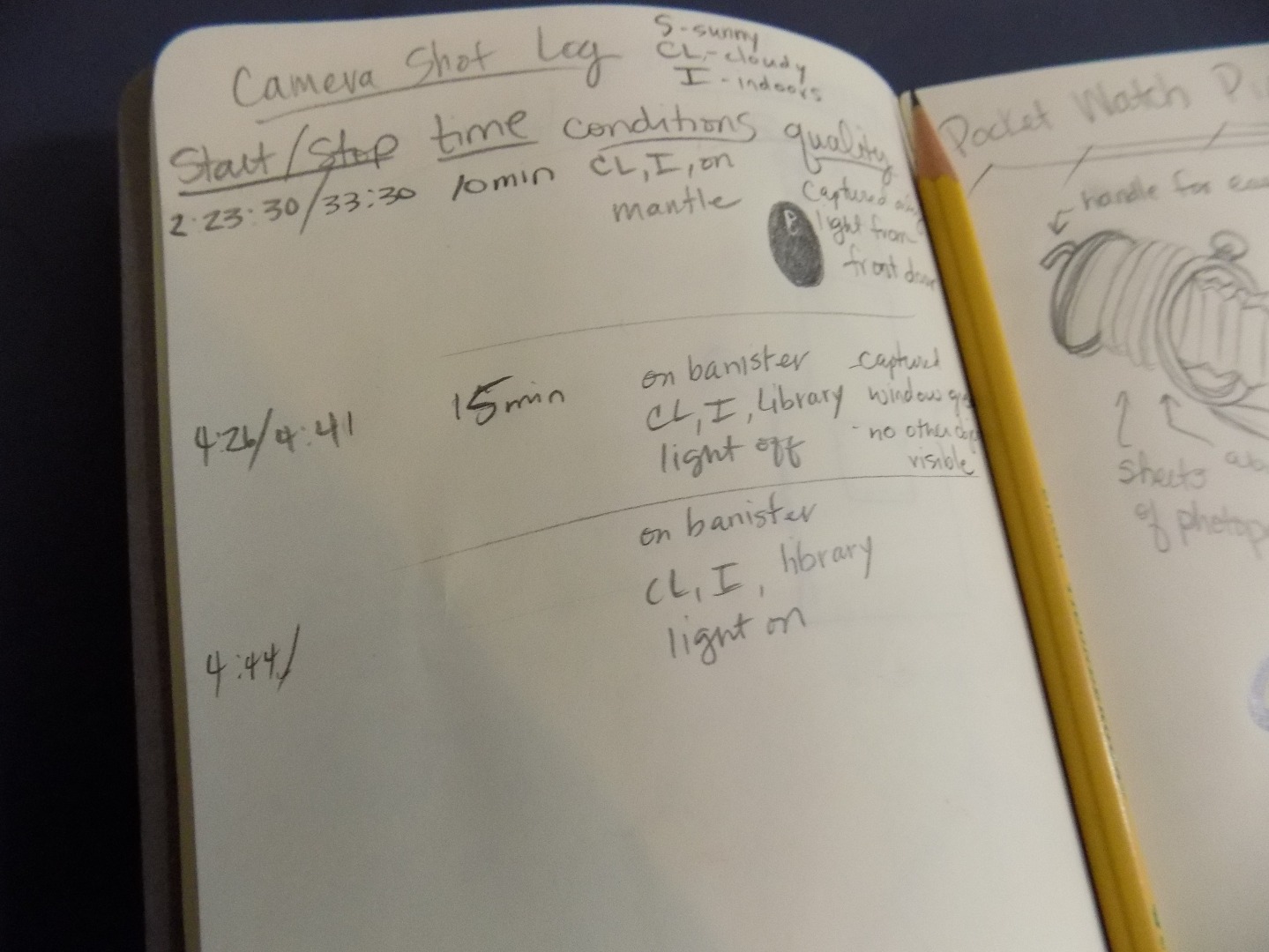
Taking a picture with a pinhole camera is both very simple and quite tricky. Exposure times are the only consideration, but getting those times just right requires a lot of trial and error. Each camera and lighting situation is different, so be prepared to try and try again. These exposure times are based on my trial and error. You can see in my images that I made note of each exposure time on the back of these first images to keep track of the results. This will help you make decisions on future exposures.
__________________________
Exposure Time Estimates
Sunny -- 7 seconds
Cloudy -- 20 seconds
Indoors -- I have been almost entirely unsuccessful shooting indoors. Above you'll see an image with a small black spot on it. Looking closely, you'll see that it is the window on my front door. I shot that image from across the room with all the interior lights on for 15 minutes and the light coming in that window was the only thing that was captured. My recommendation: shoot outside.
____________________________
Decide on an exposure time using the table above. These times are just a starting off point. If you don't get good results, adjust the time on the next shot.
Open the front of the camera and pull the bellows open.
Hold the camera very still or set it down on a firm surface. Your images will come out blurry if the camera is not held very still.
Remove the shutter and count to your exposure time.
Replace the shutter, bellows, and cover.
Return to the darkroom to prepare your chemicals for development.
Darkroom Preparation
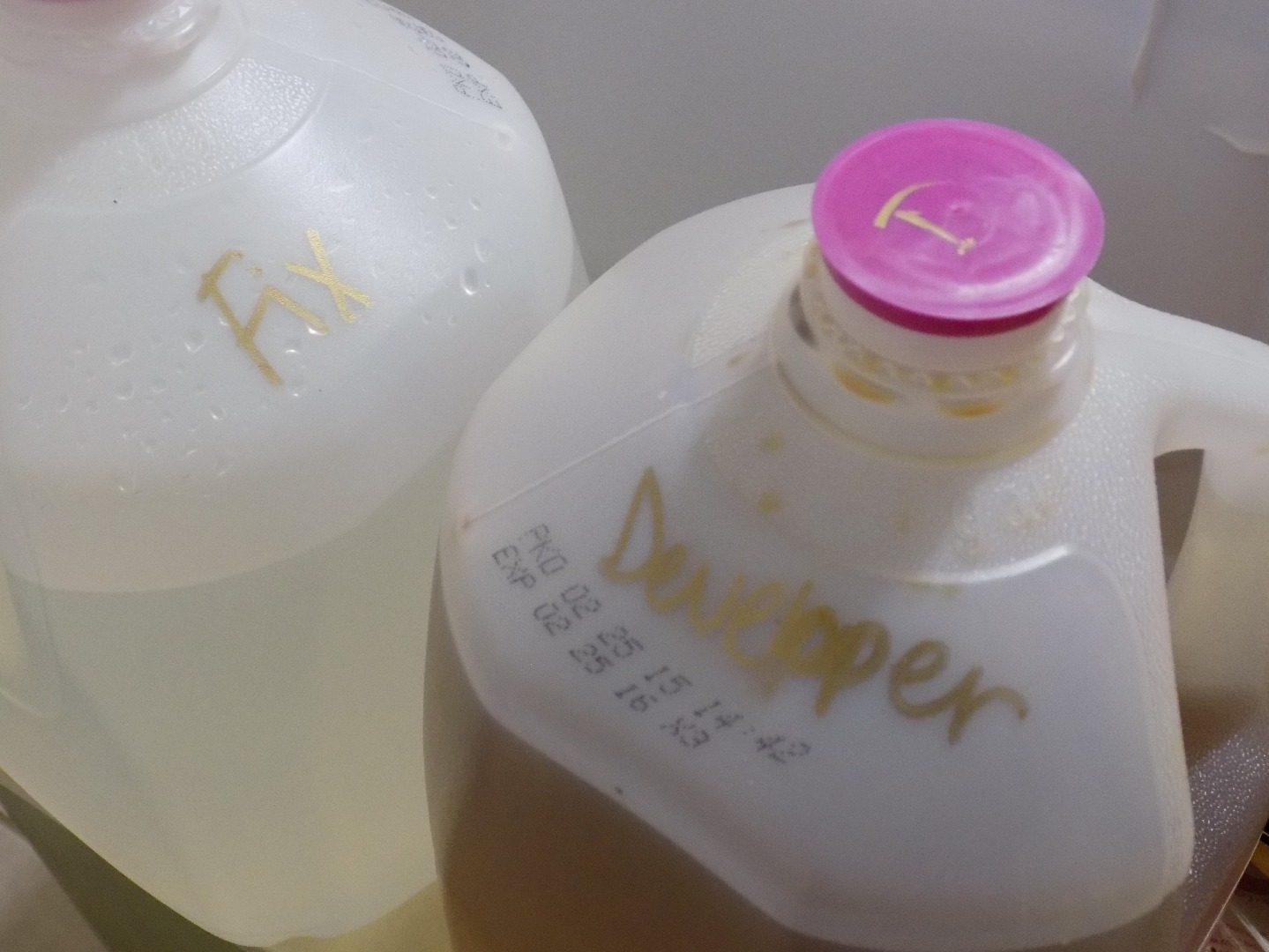
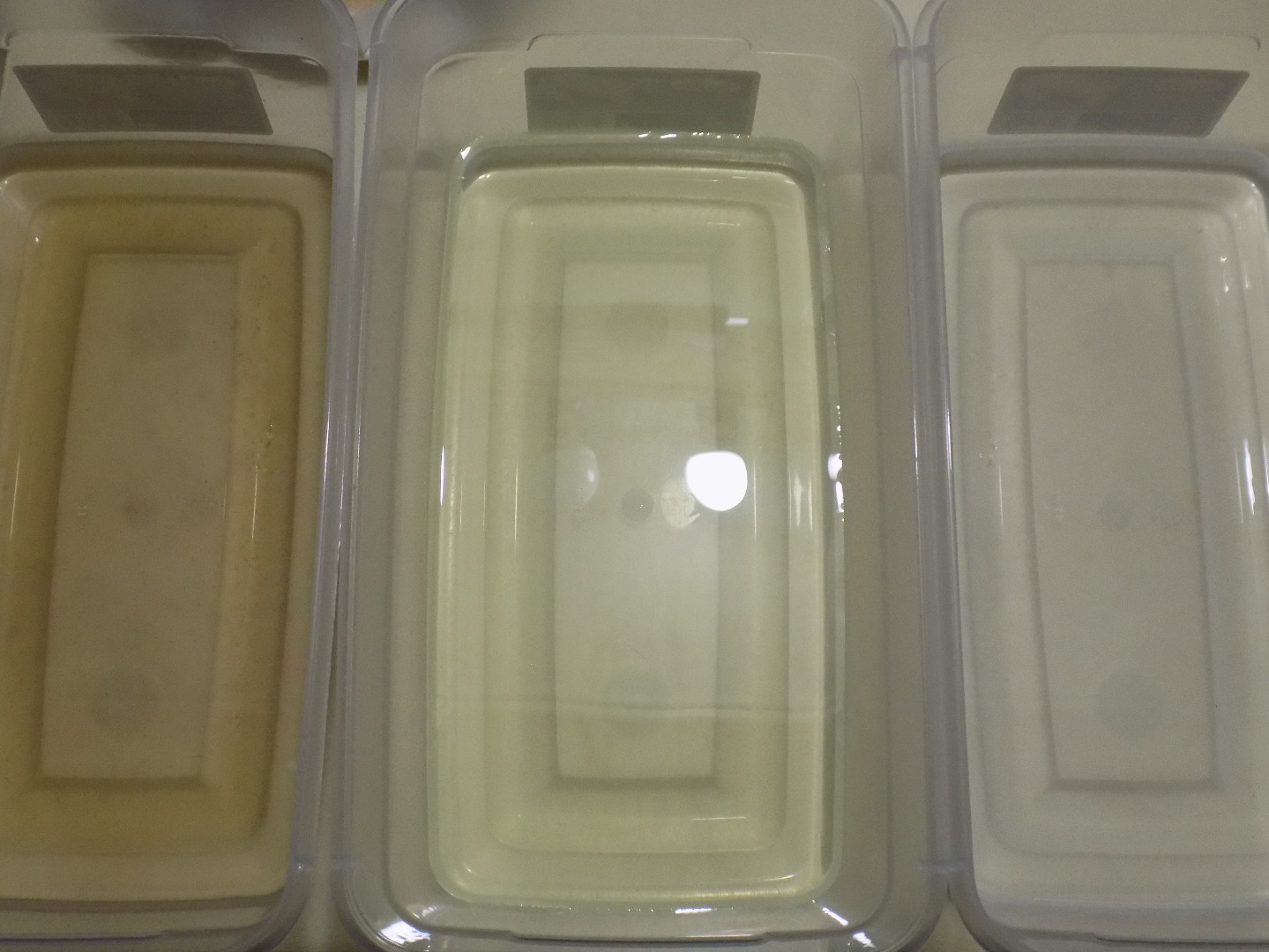
Remember that when dealing with chemicals, all precautions should be taken including using a well ventilated area both when mixing and in the darkroom, washing hands thoroughly after contact, and storing chemicals away from children. Here you will find precautionary statements regarding processing and developing chemicals. The most harmful chemicals are stop bath and color chemicals, both of which I do not use. You don't need them for this project either.
I bought powdered chemicals. These should be mixed in a well ventilated area. Each needs to be mixed with a gallon of water, so I bought two gallons of distilled water, poured some off into a bowl to allow for displacement and mixing. Once the chemicals are poured into the jugs, label them and shake to mix. Be careful to hold the lid on while shaking. When the majority of the chemical is dissolved, pour water back into the jug until it is full and shake until fully dissolved.
Place your developing trays next to each other in the darkroom.
Remember to ventilate your darkroom as well. If you're using a bathroom, turn on the exhaust fan. You can also cover your developing trays when not in use to reduce fumes.
Pour about an inch of liquid into each tray with developer in the first tray, water in the second, and fix in the last.
Lay out your tongs and prepare your safelight.
Testing the Safelight
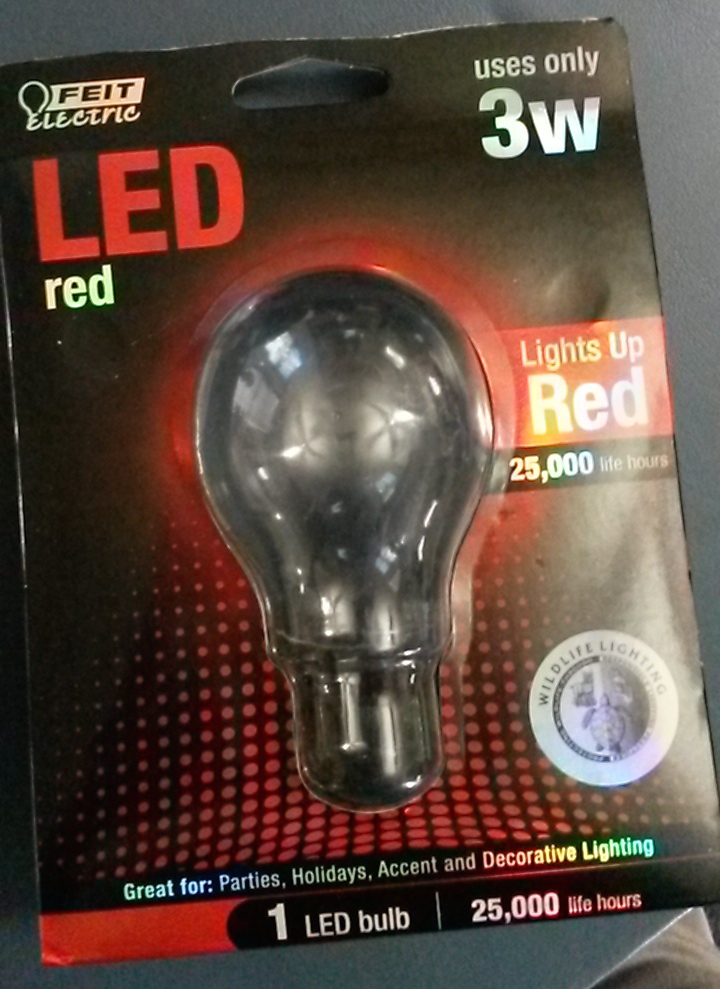
Before removing your photo from the camera, you need to test your safelight.
In the darkness of your darkroom, with no safelight, pull out the other circle of photo paper you cut earlier.
Close the photo paper box.
Turn on the safelight and put the cut piece of photo paper into the developer. Agitate the developer by lifting the edge of the tray up and down gently.
If your safelight is safe, it will stay white. If it isn't safe, it will become foggy or black. Leave the piece in the developer and monitor it for 5 minutes.
Use tongs to pull the paper from the developer and rinse it in the stop bath (water) for about 30 seconds. Again, use tongs to move the paper from the stop bath to the fix.
It is now safe to turn on the white light and check the paper for any fogging. If the paper is anything but completely white, your safelight is not safe. Slight fogging may be remedied by moving the light further away from the developing trays and anywhere you will use your paper. Be sure to test again if you move the light.
If the paper is crisp white, congratulations, you can now see in your darkroom.
Rinse the paper under running water before throwing it away.
Developing Process

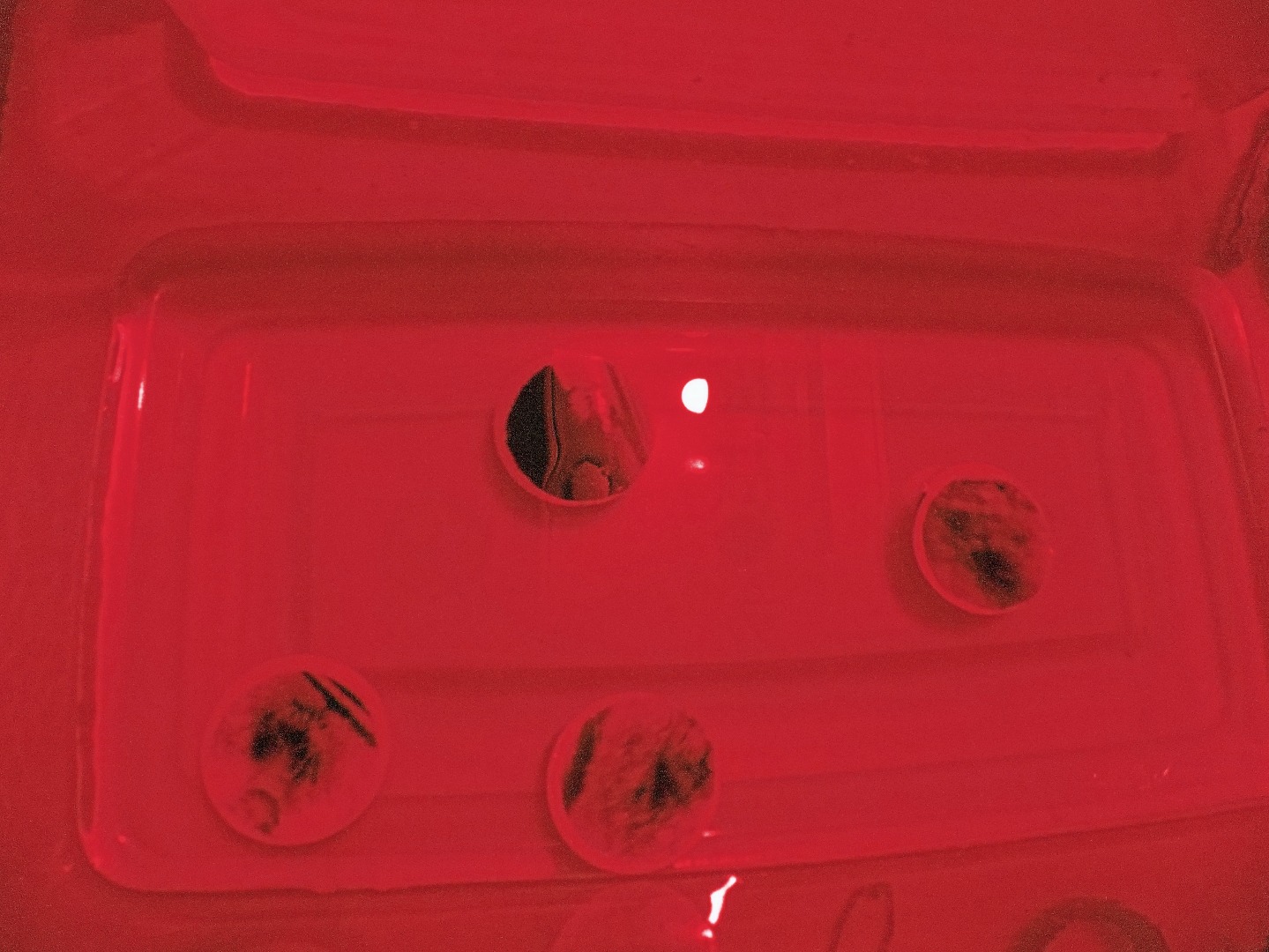
Turn on the safelight, close the door, and pop the back off the camera.
Remove the photo and use tongs to put it into the developer for 1 minute and 30 seconds. Agitate the tray by gently lifting the edge of the tray up and down.
Use tongs to pull the paper from the developer. Hold it over the tray and let it drain before moving it to the stop bath (water) for 30 seconds. Agitate the tray.
Again, use tongs to let the paper drain and move the paper from the stop bath to the fix.
Agitate the photo in the fix for 5 minutes.
Put the photo under running water for 10 minutes. (Leaving the paper in the water more than 20 minutes can damage the paper.)
Hanging to dry is usually preferable since large paper can collect water and cause water spots. However with such small images, I just set them on a towel to dry.
Enjoy!
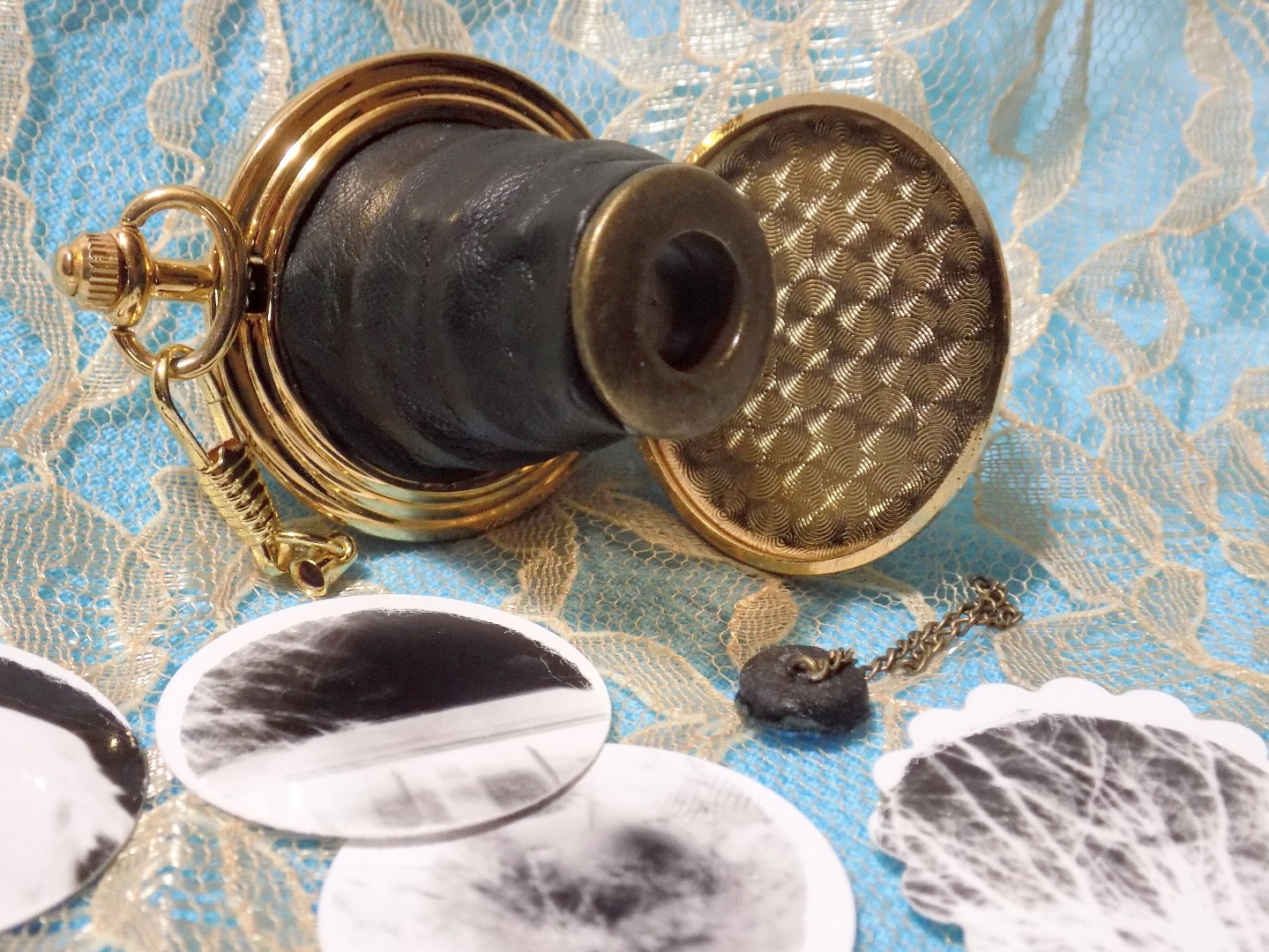
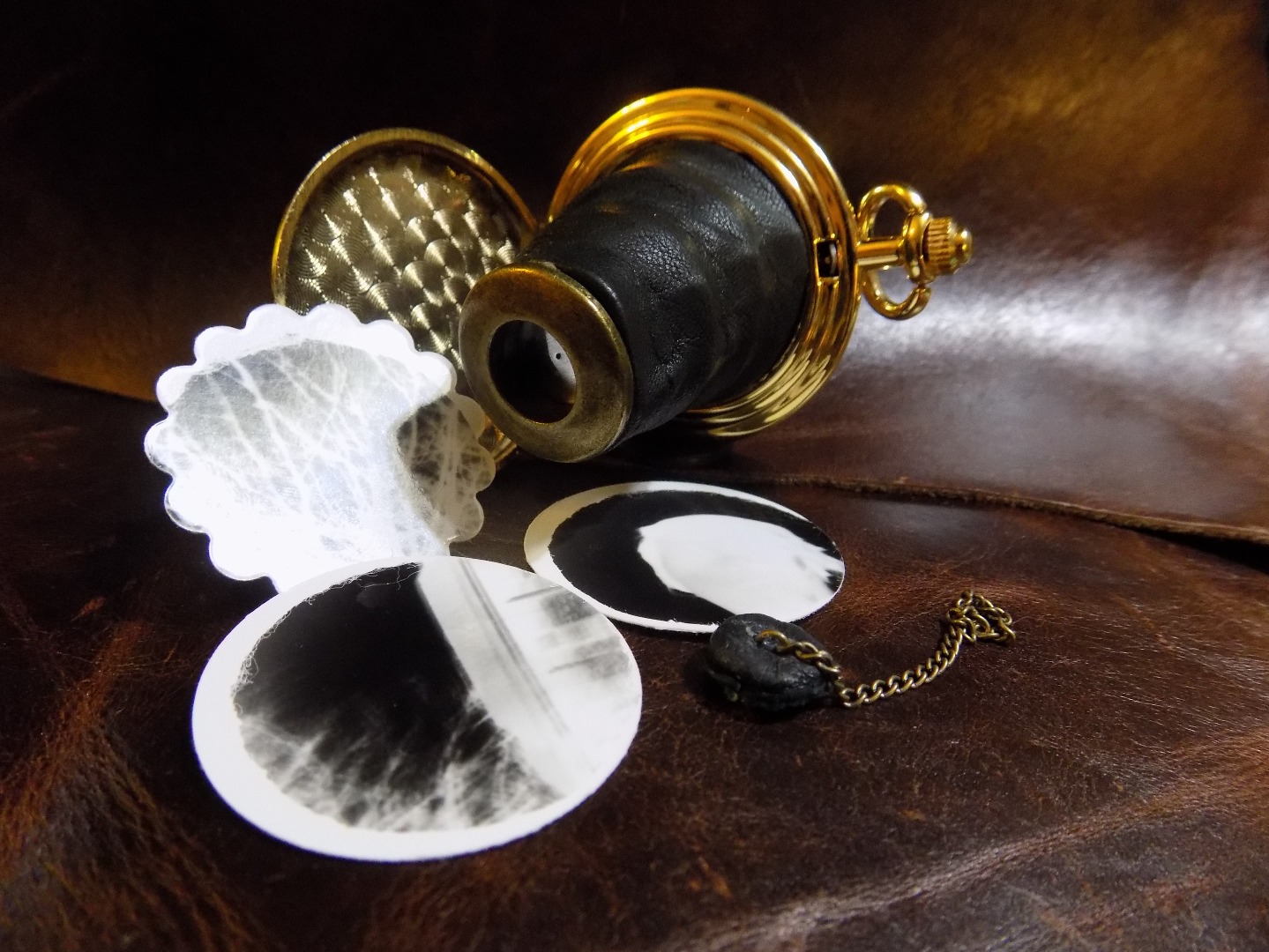
Have fun experimenting!